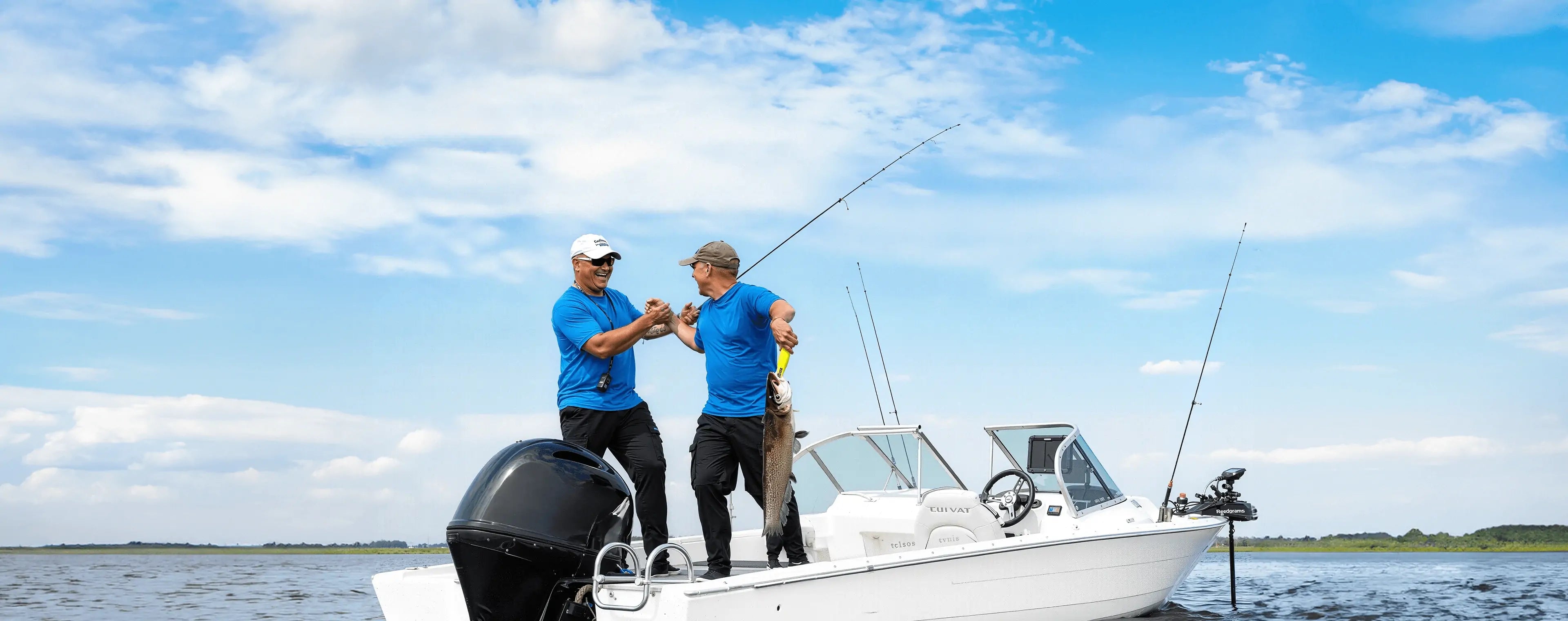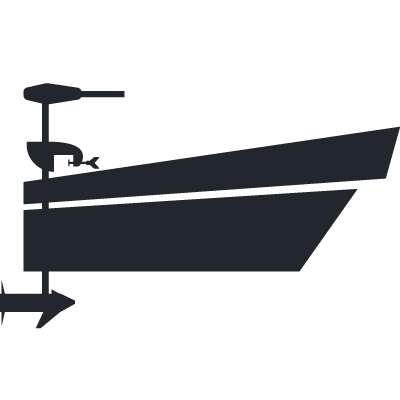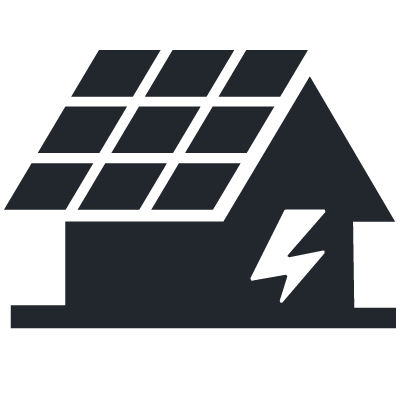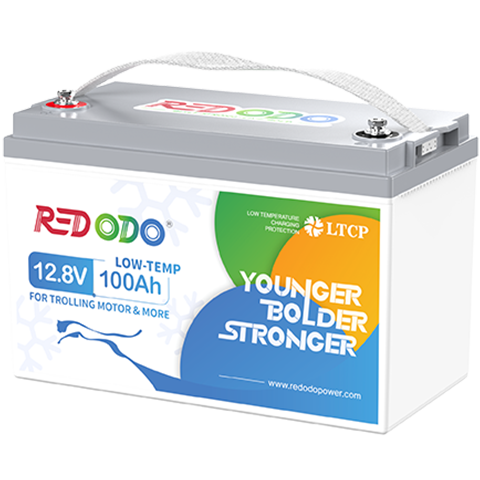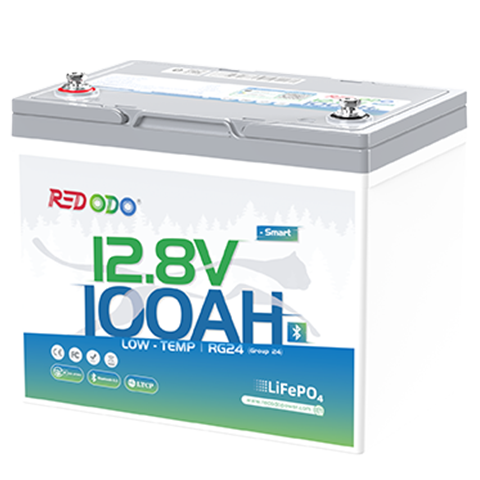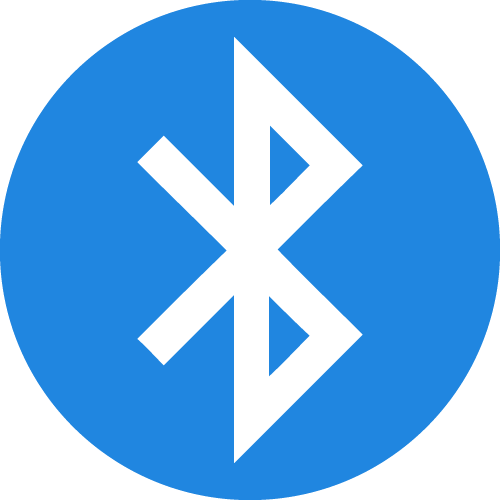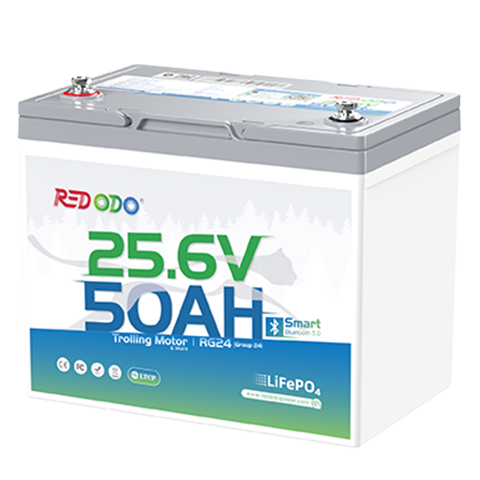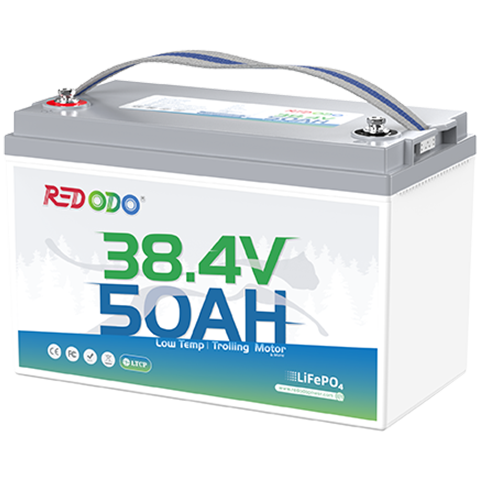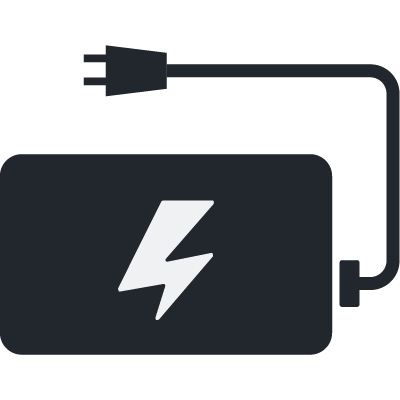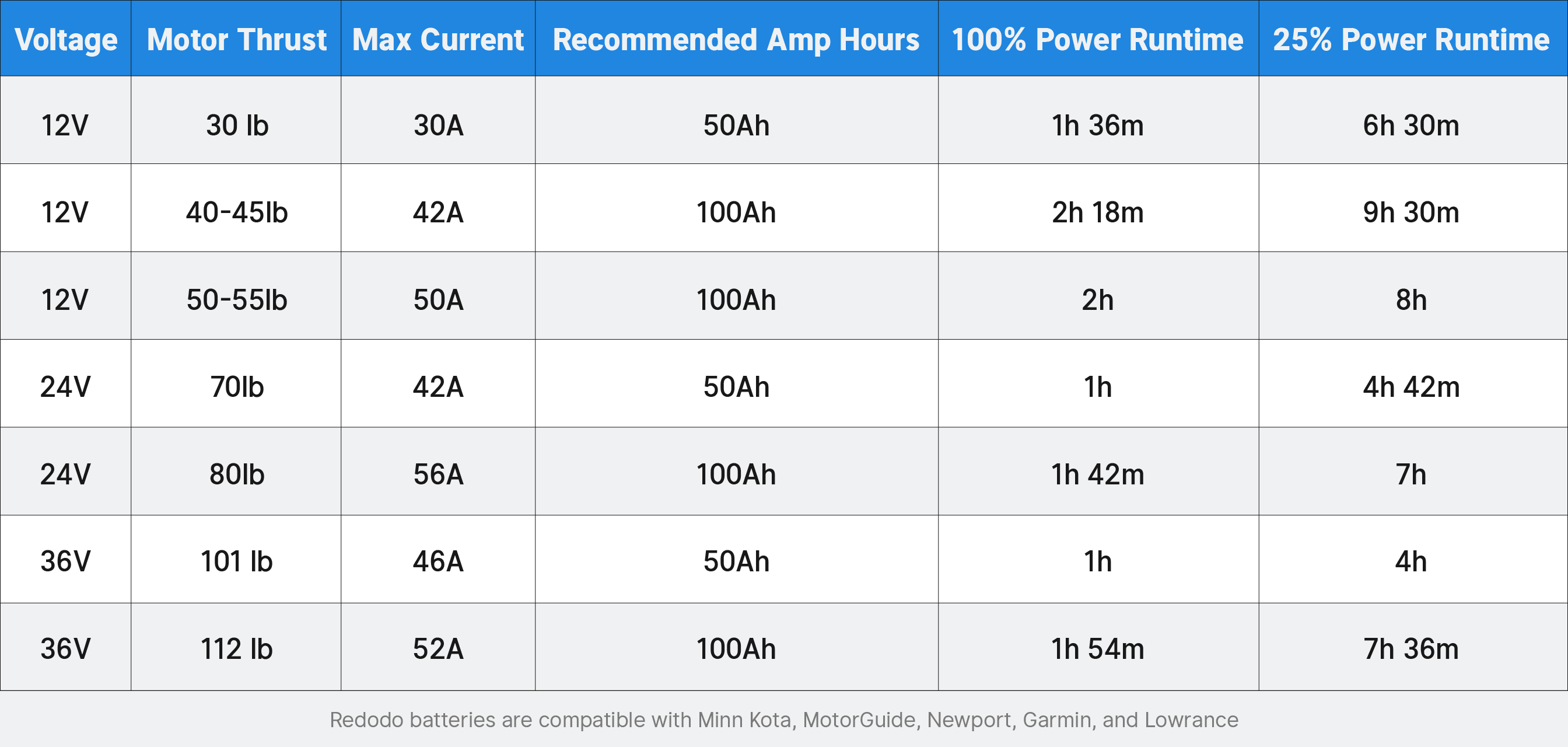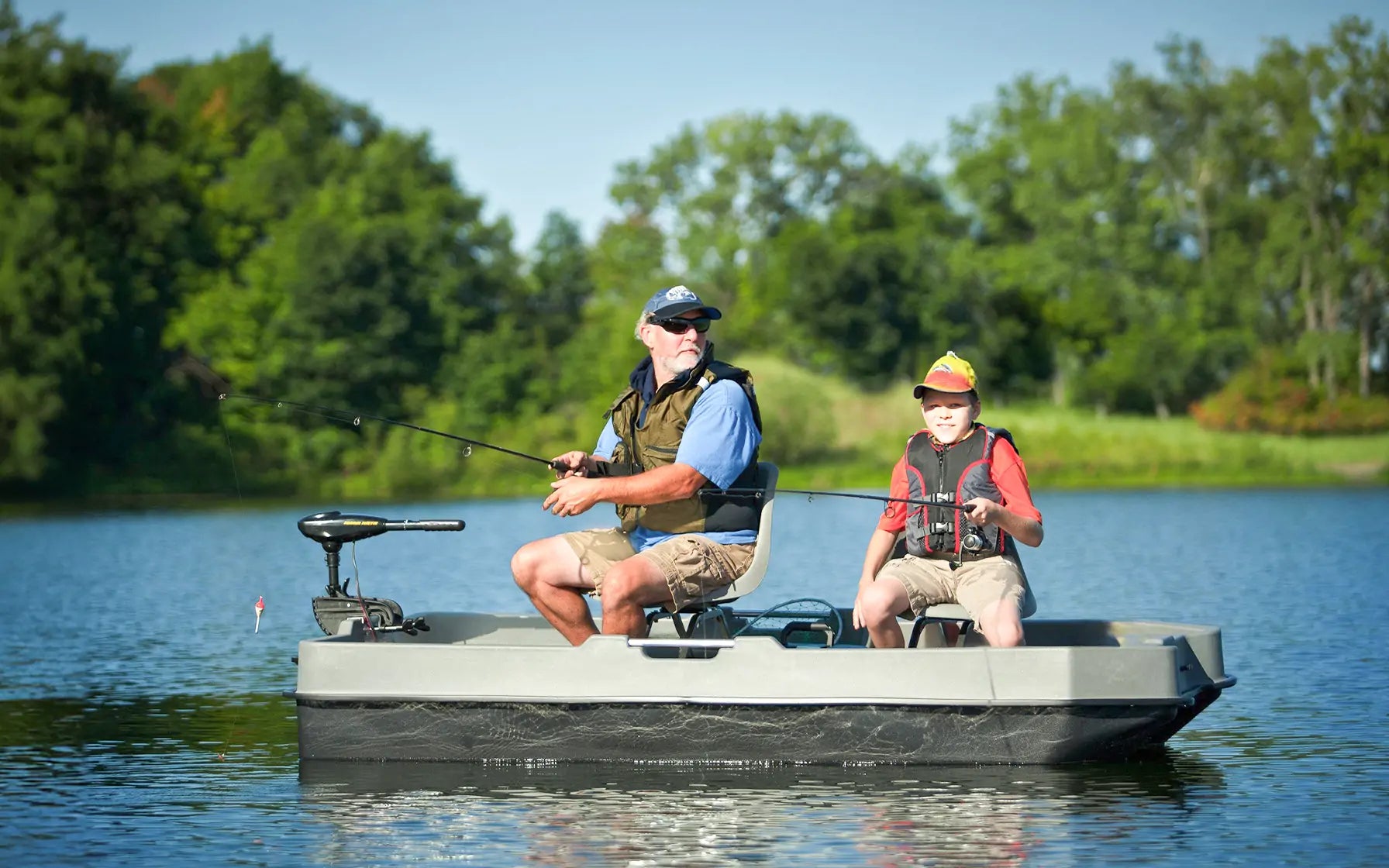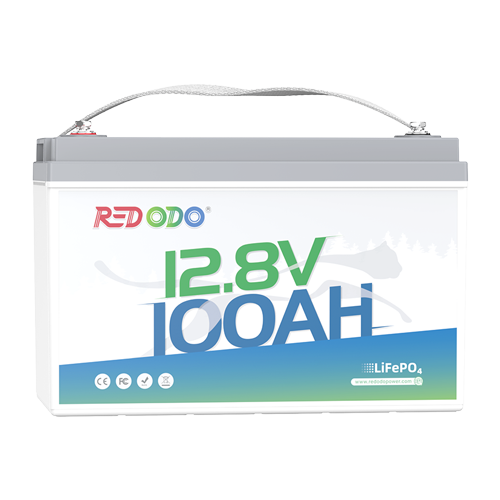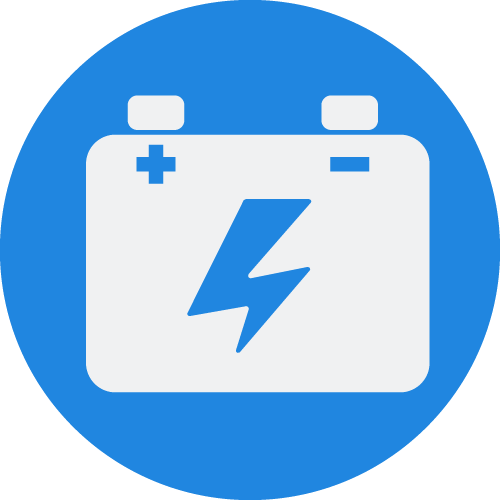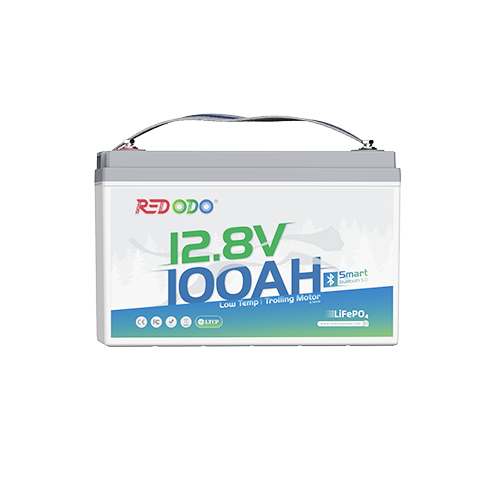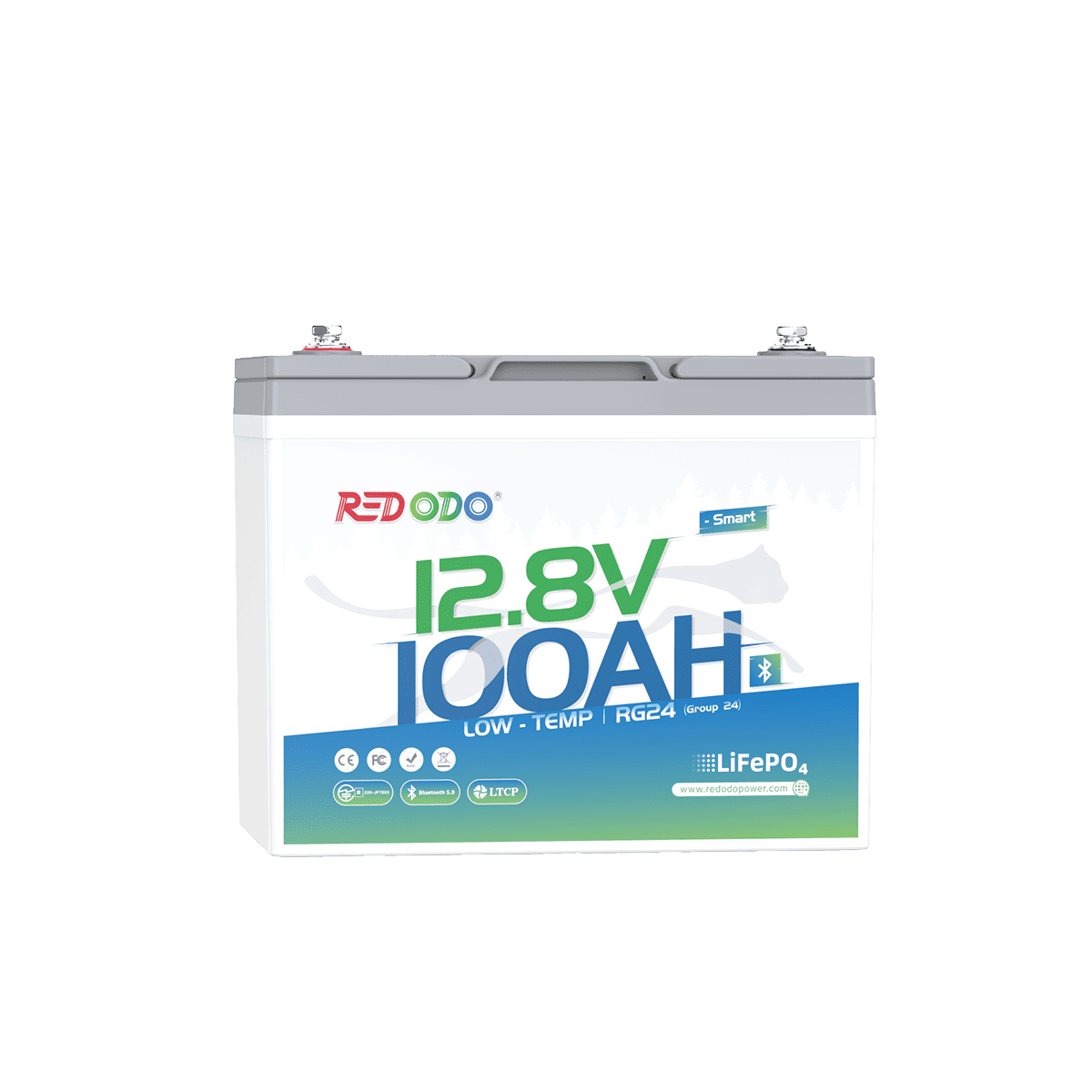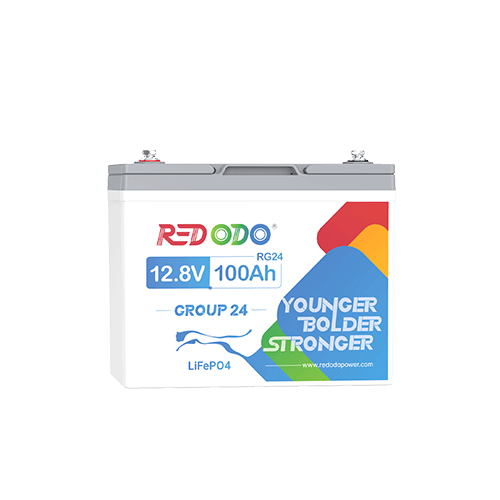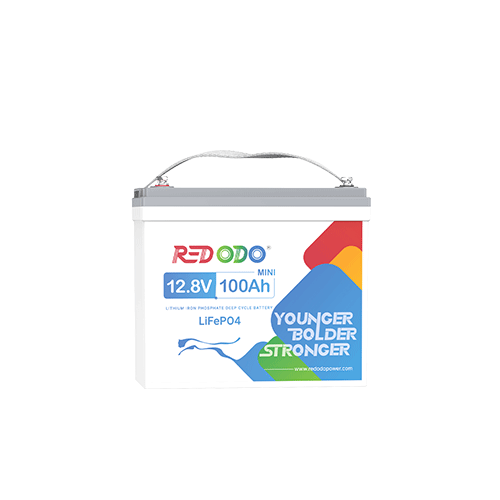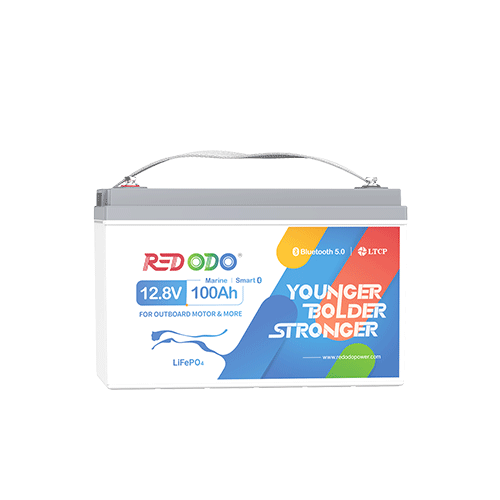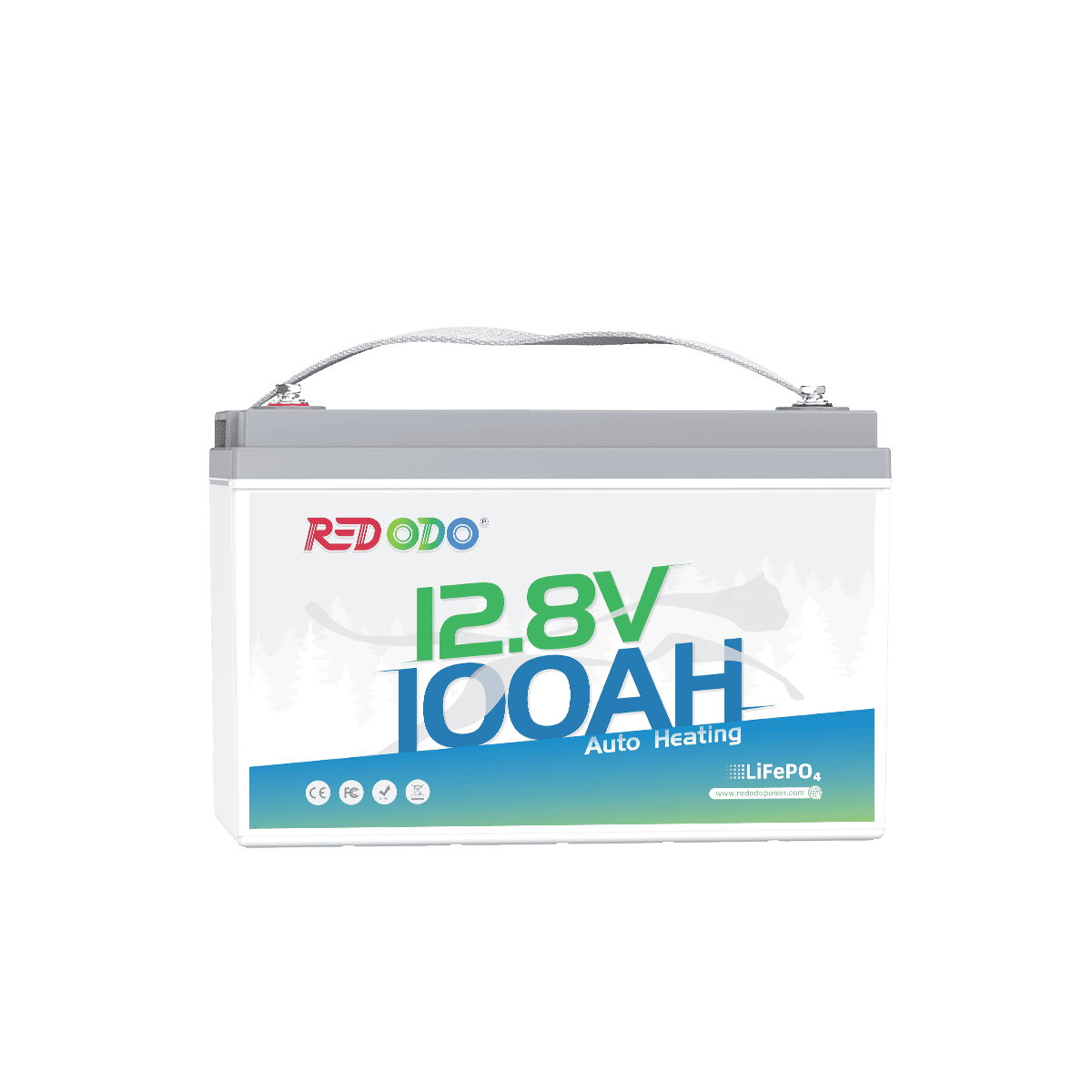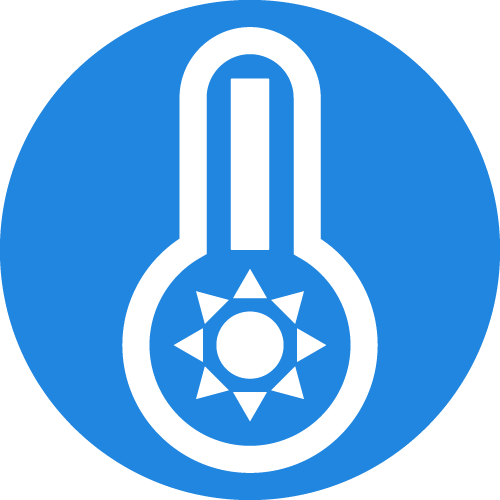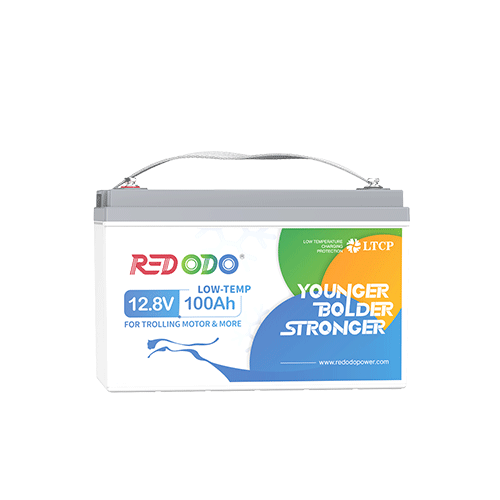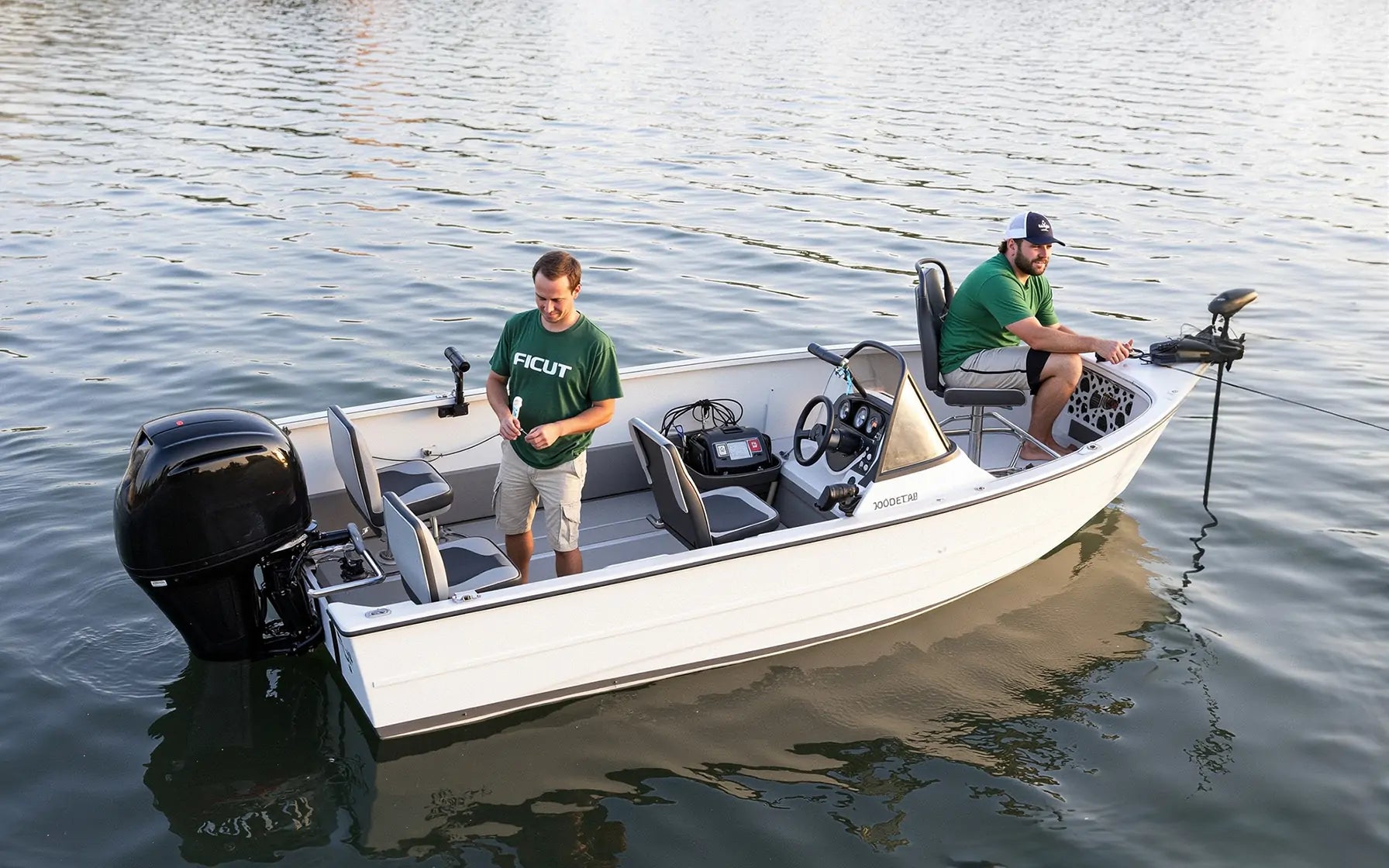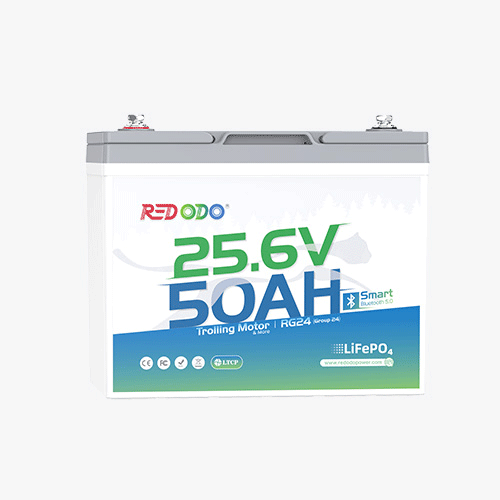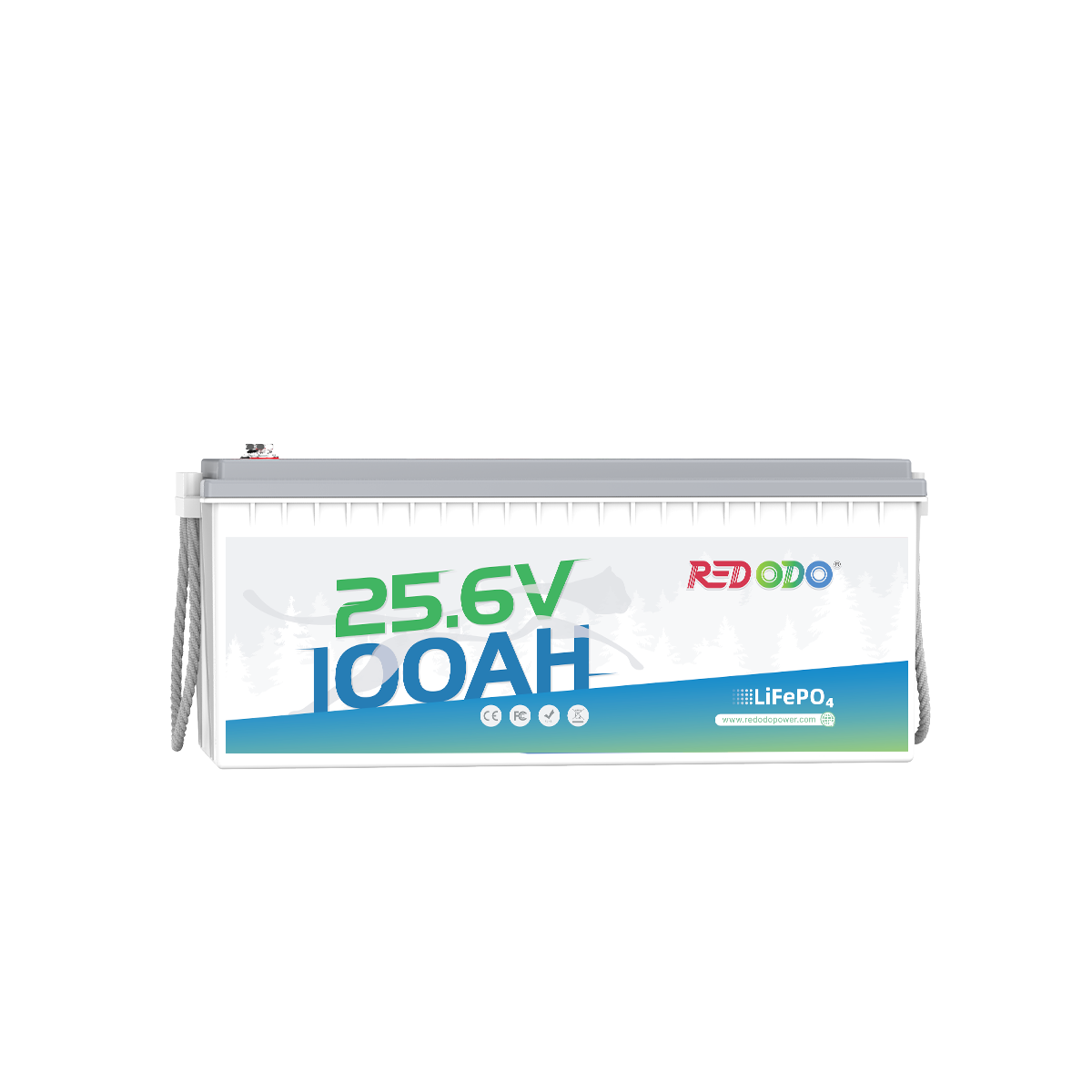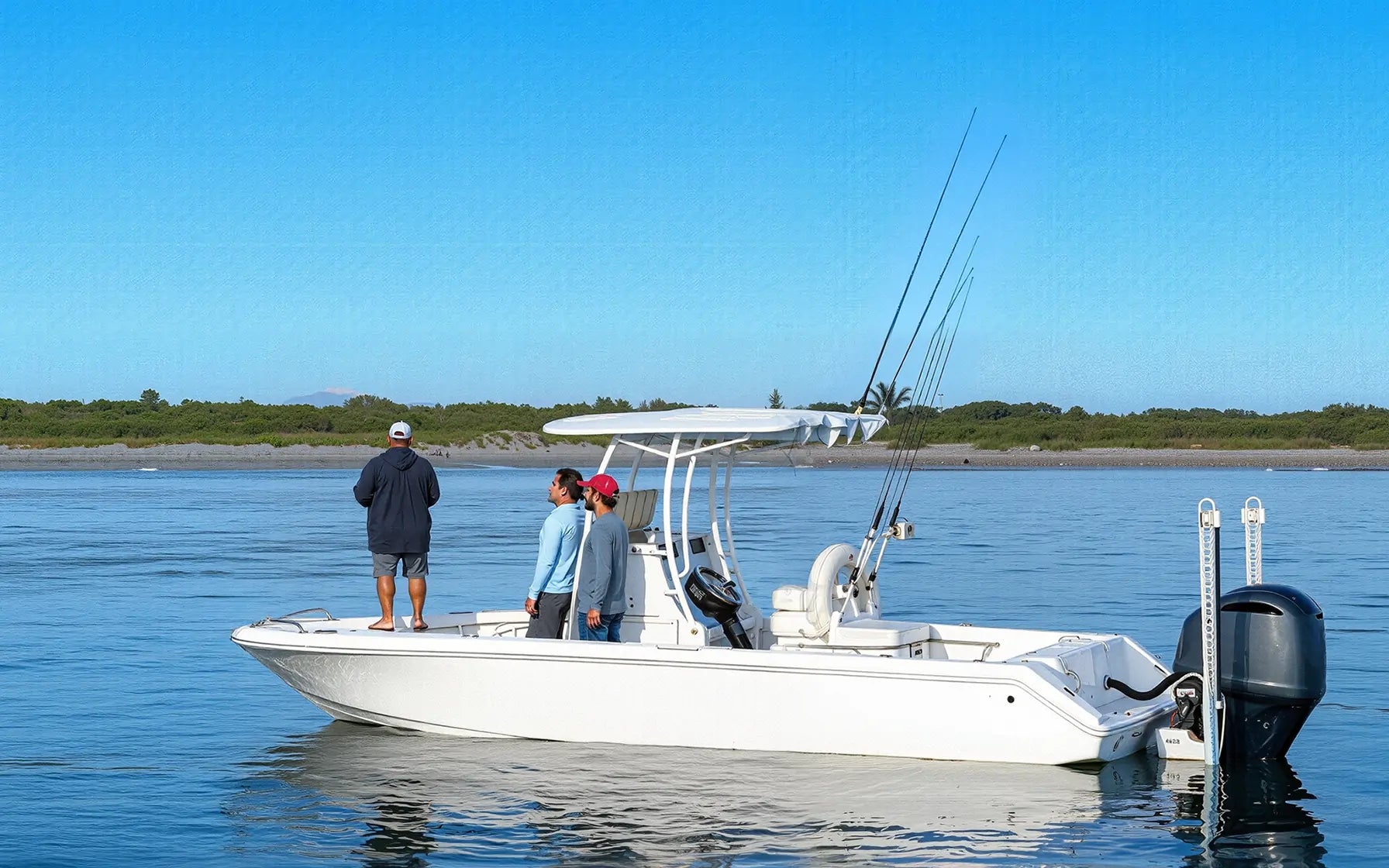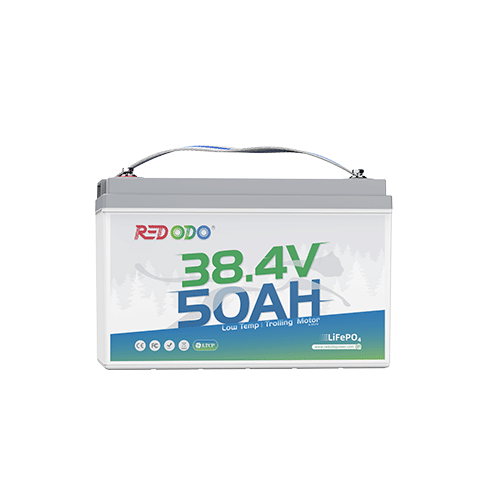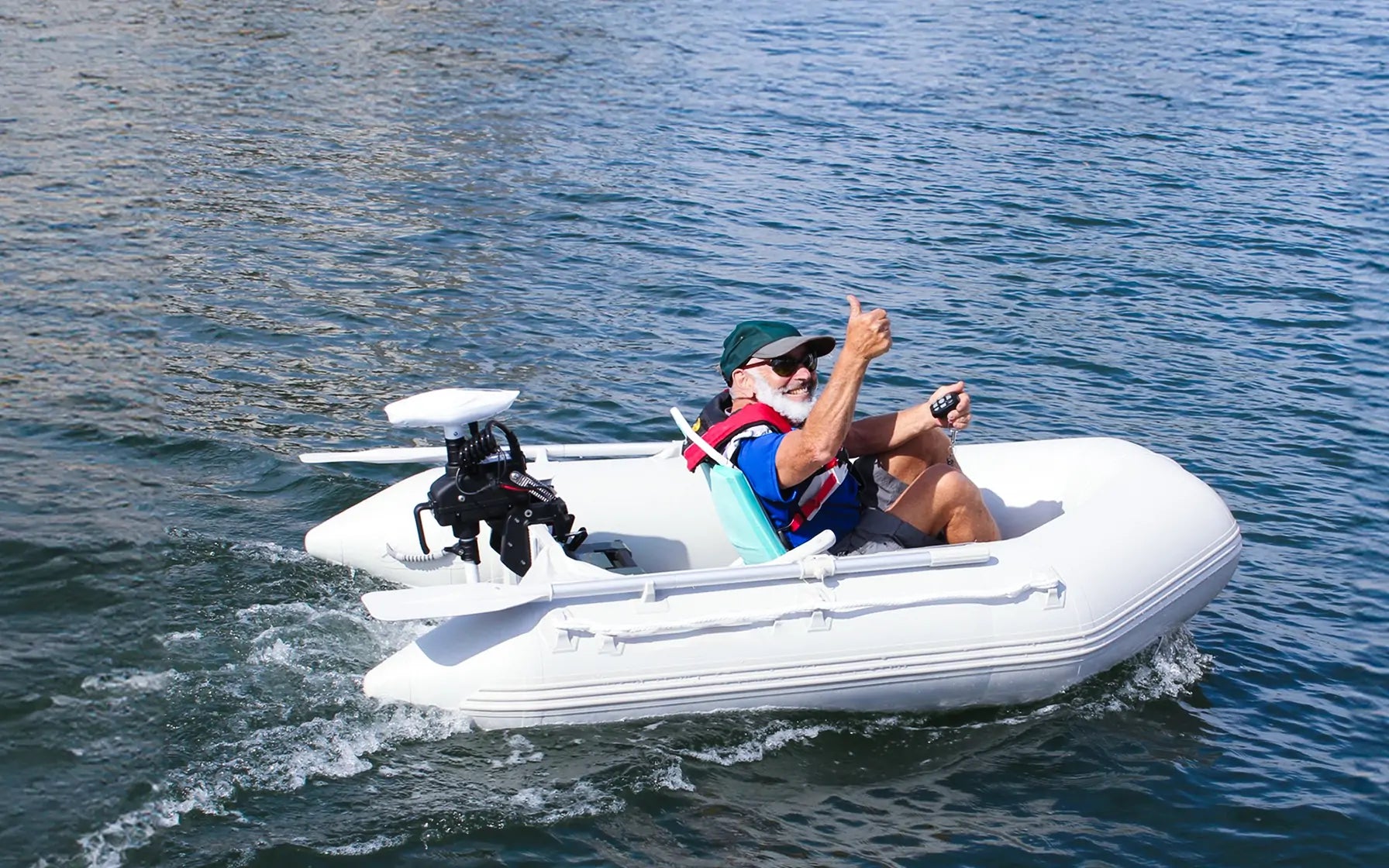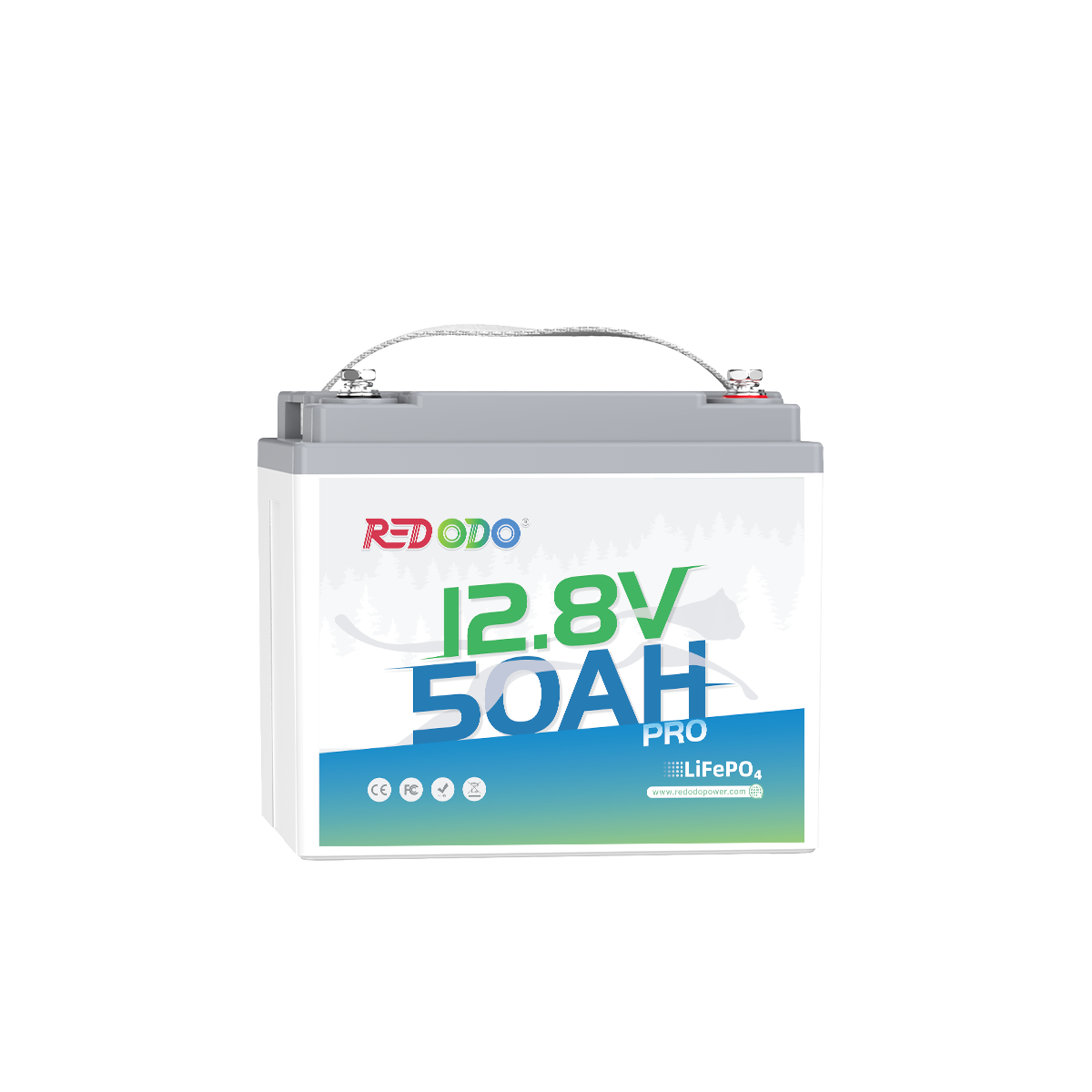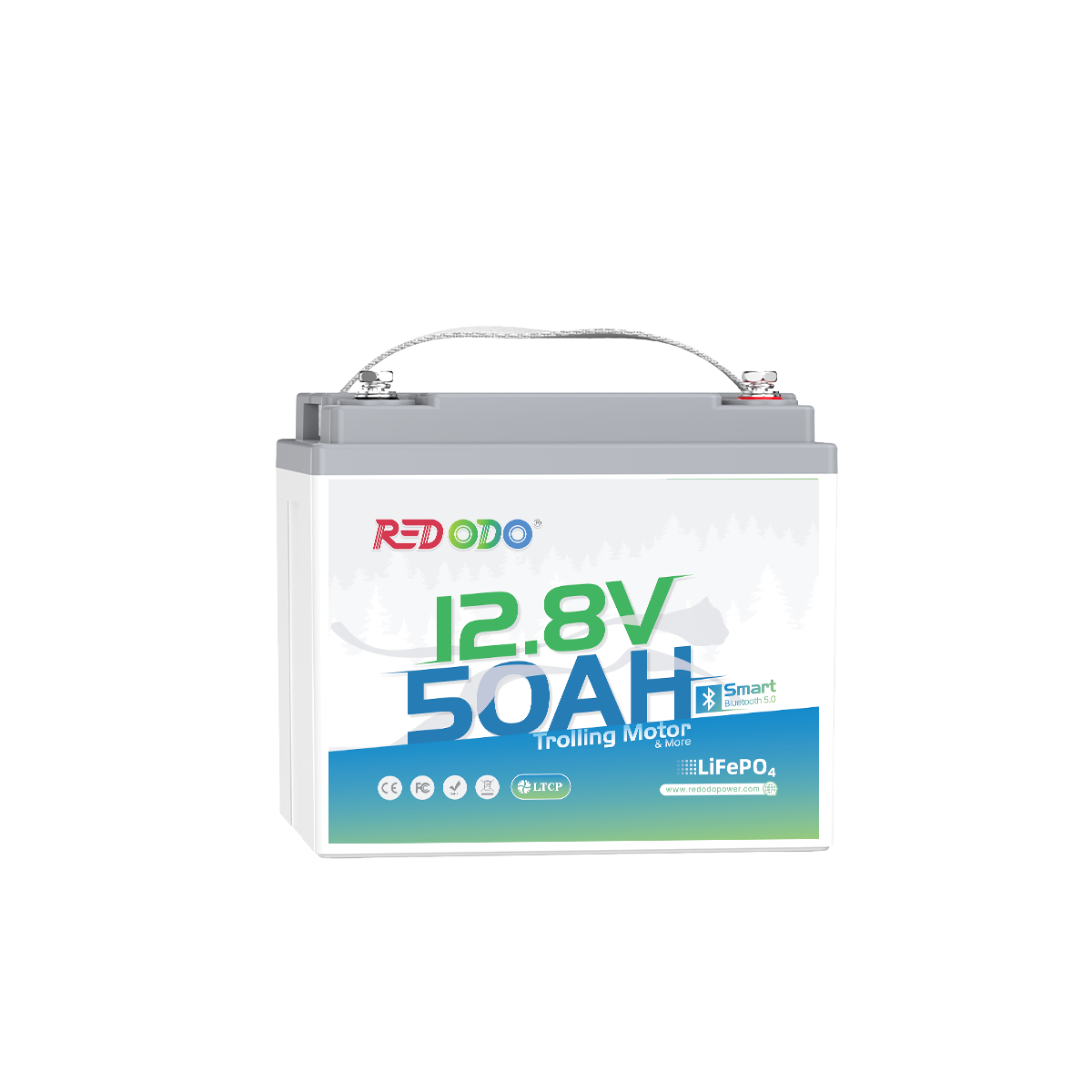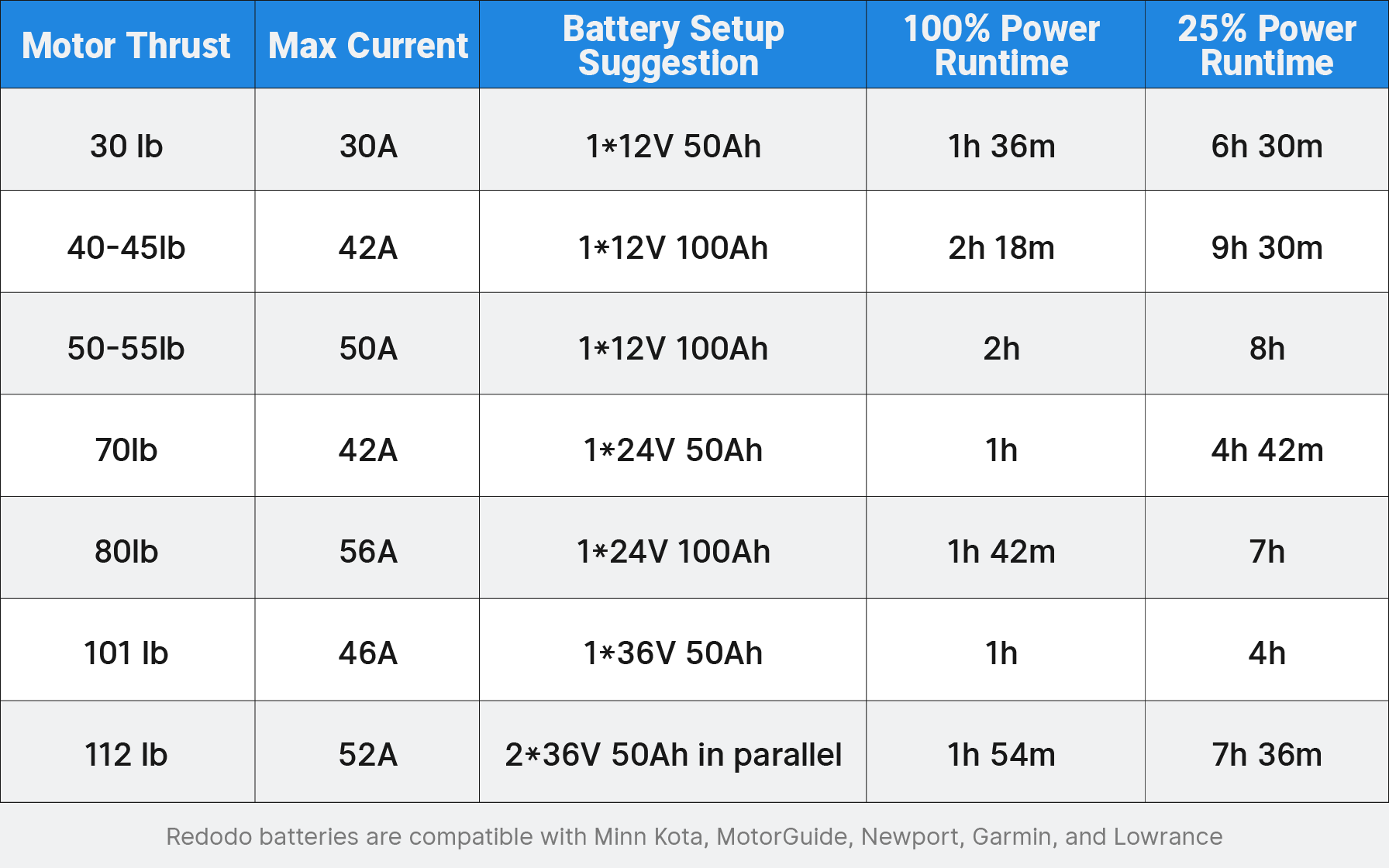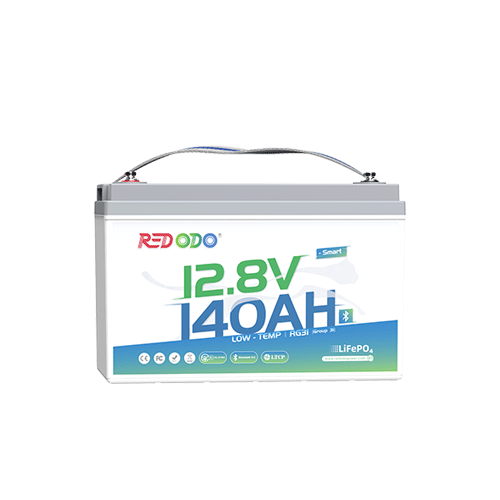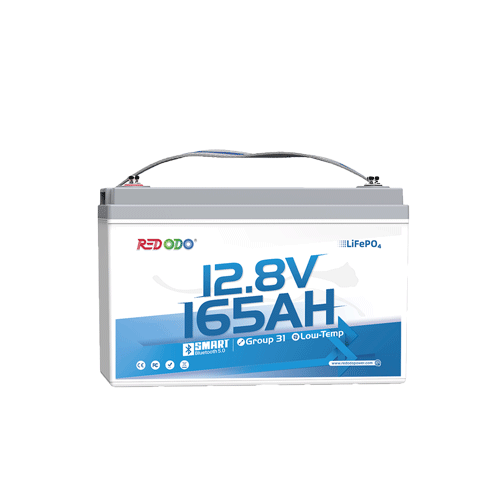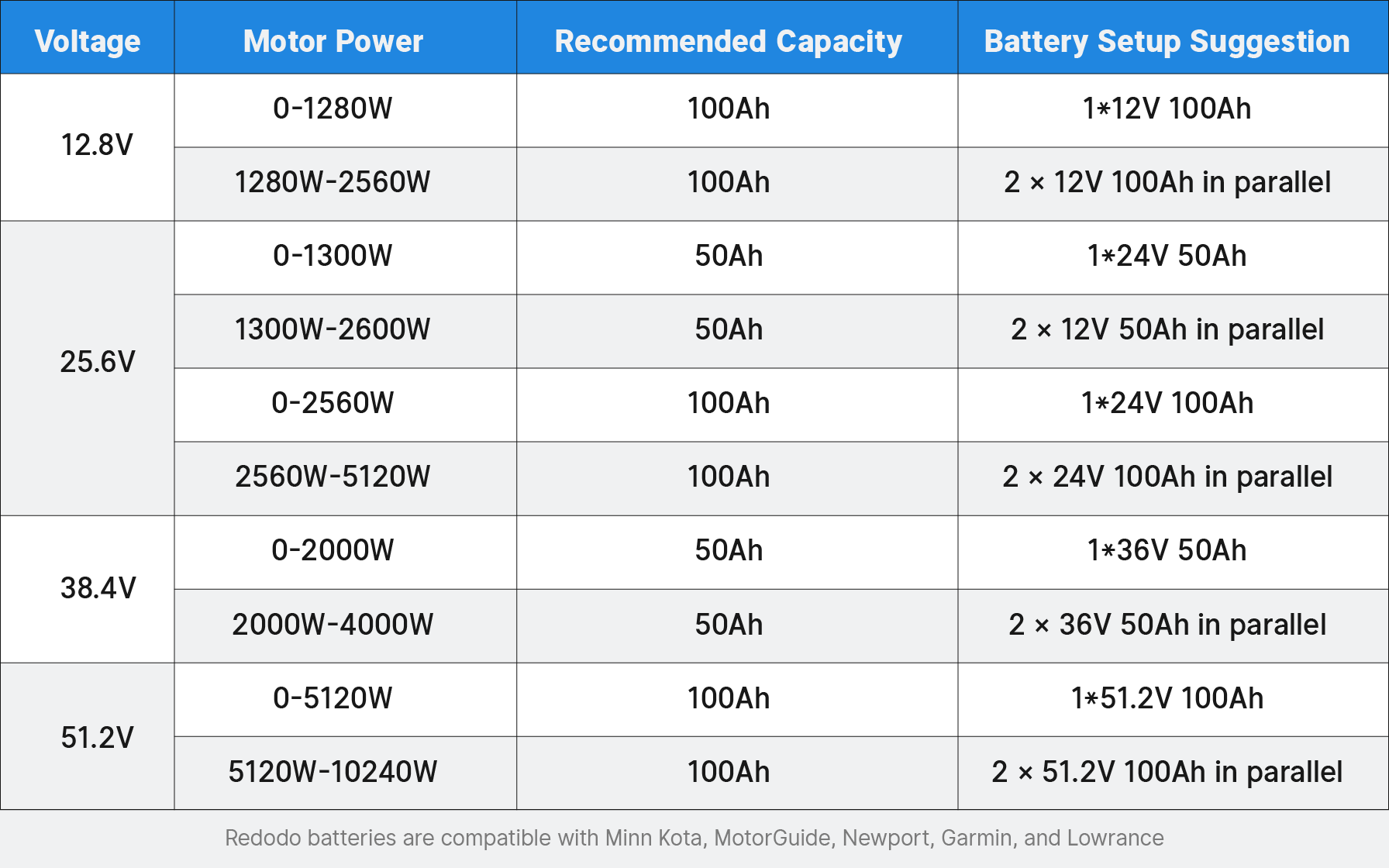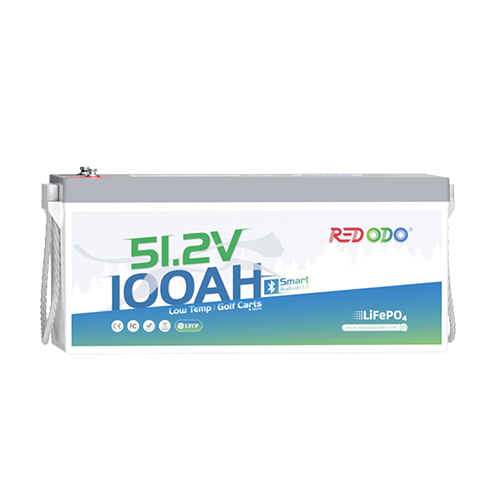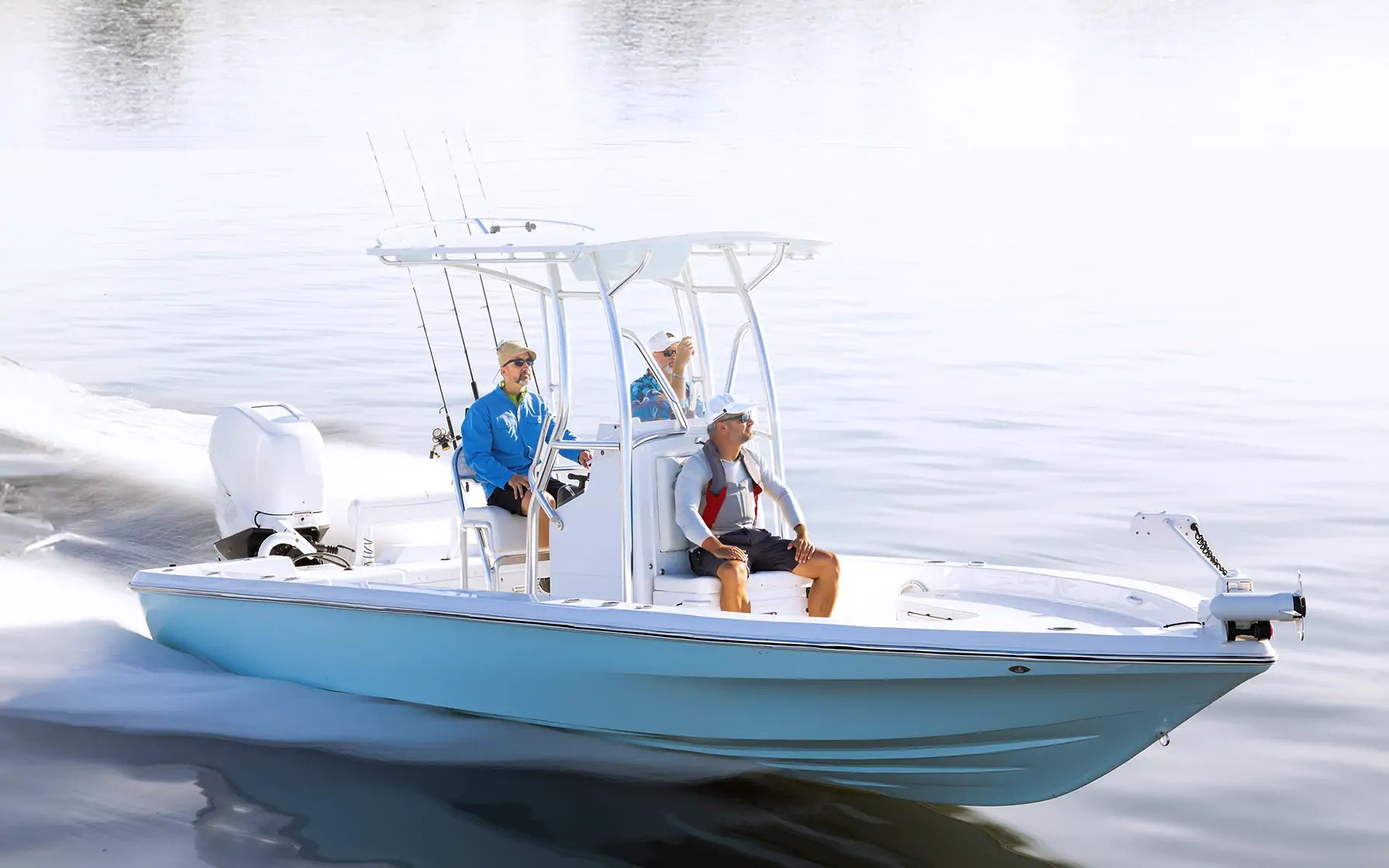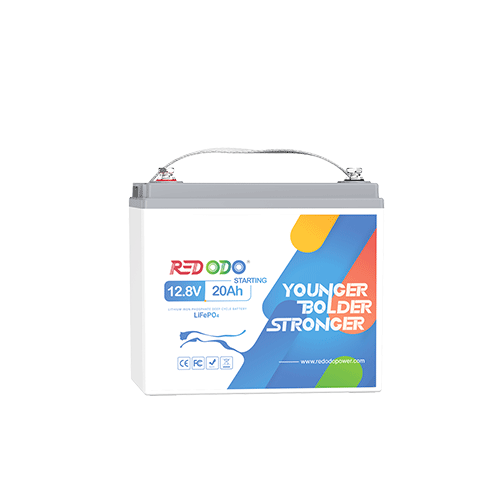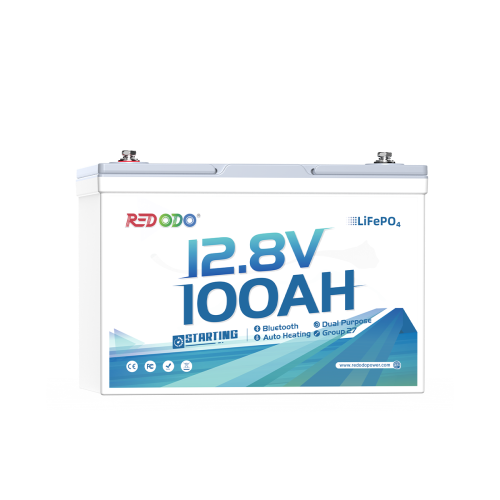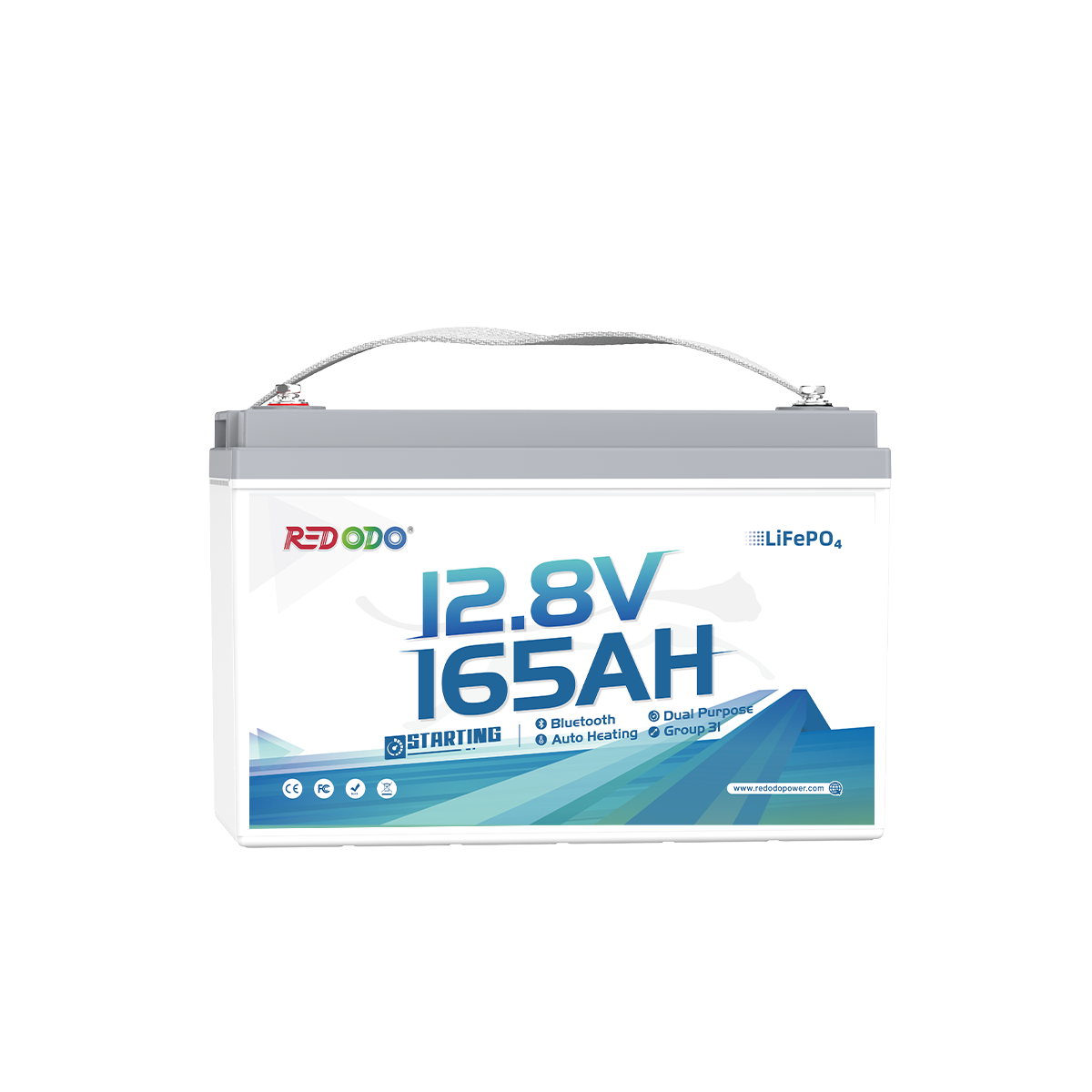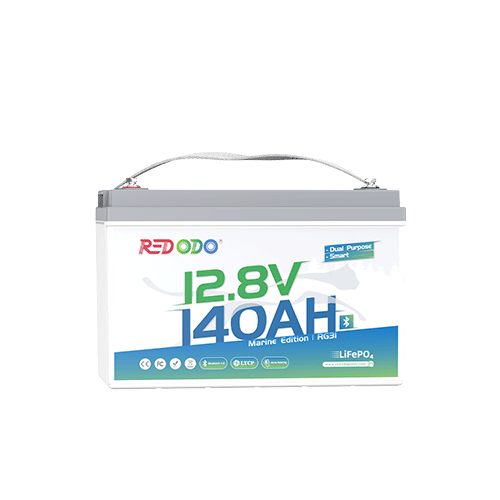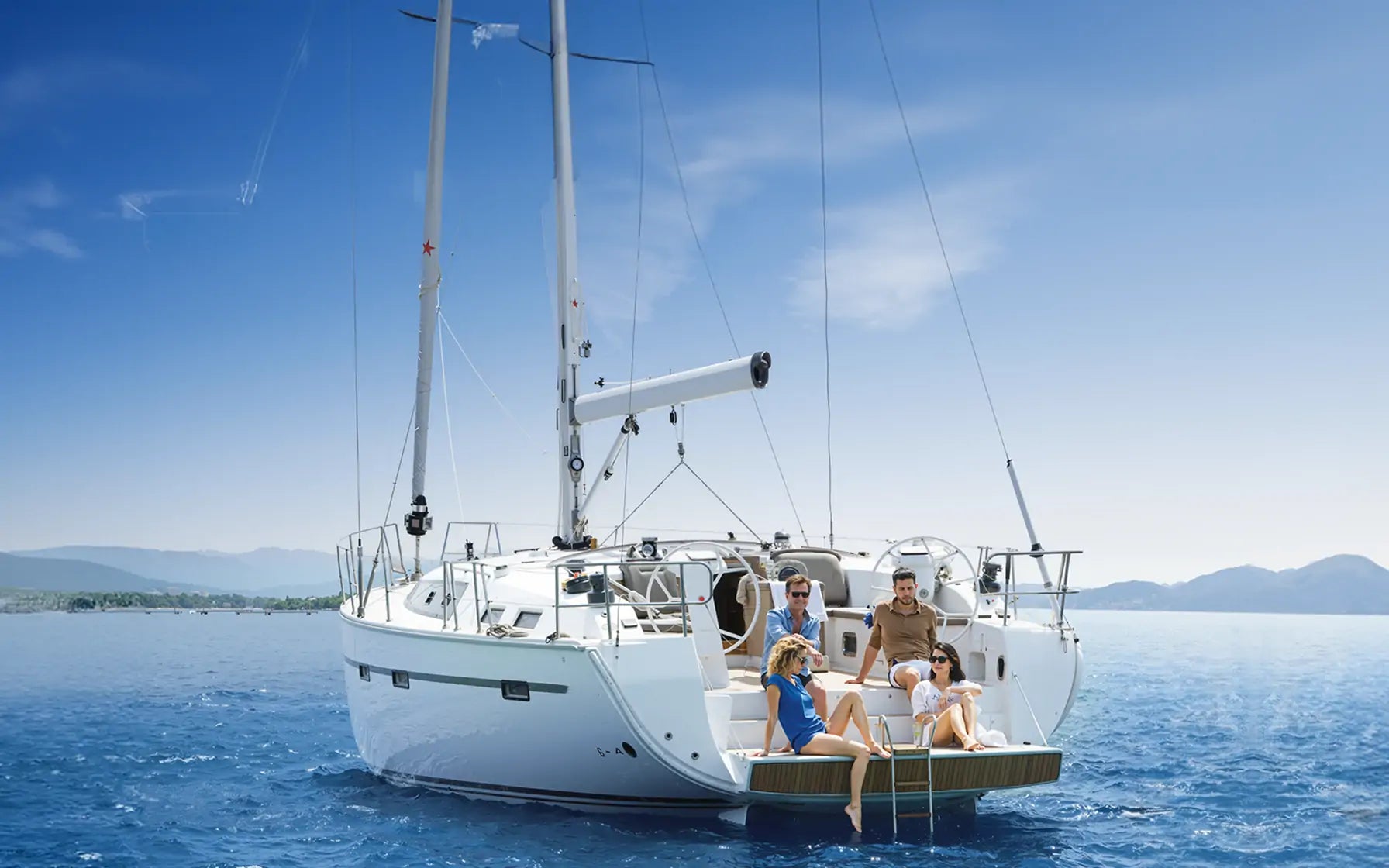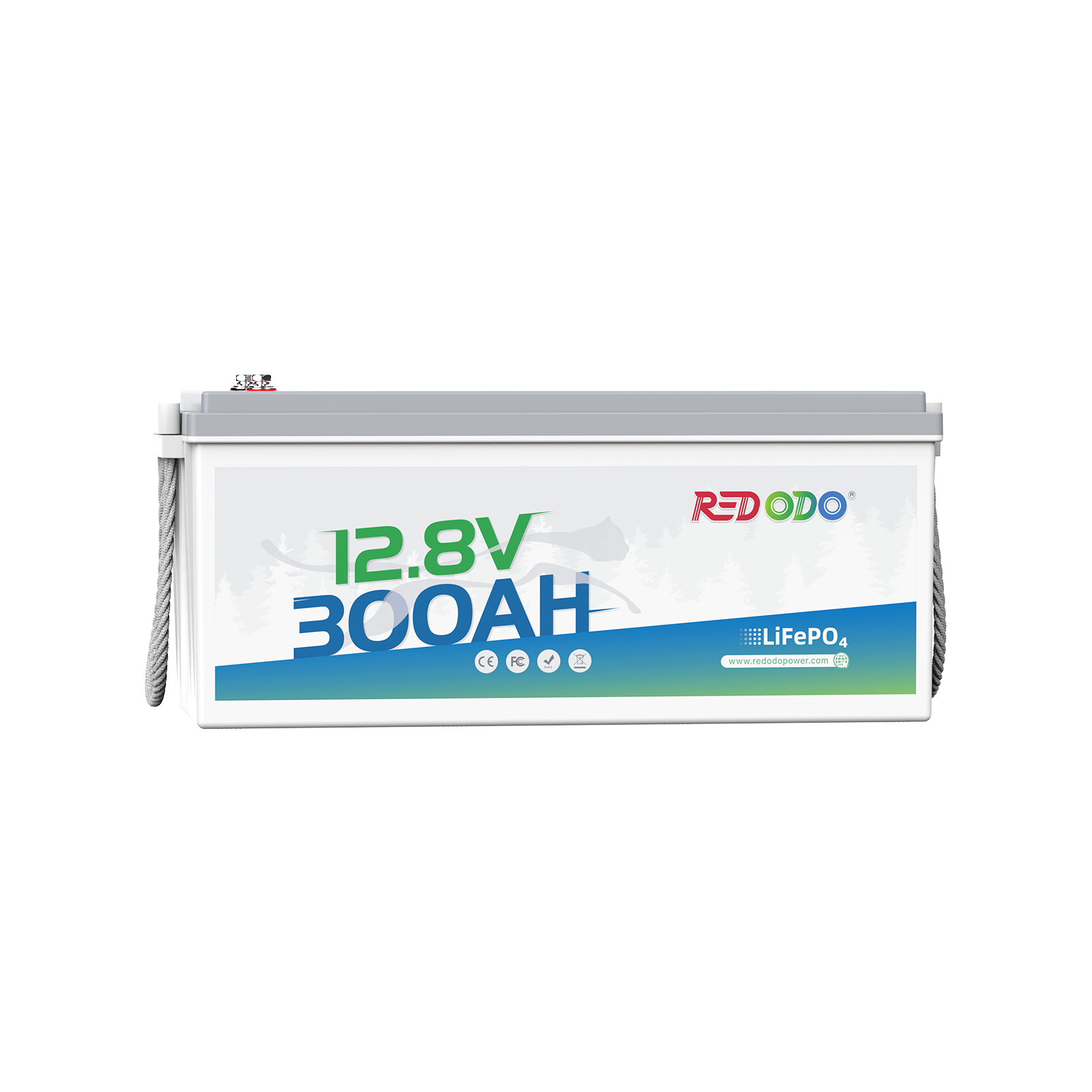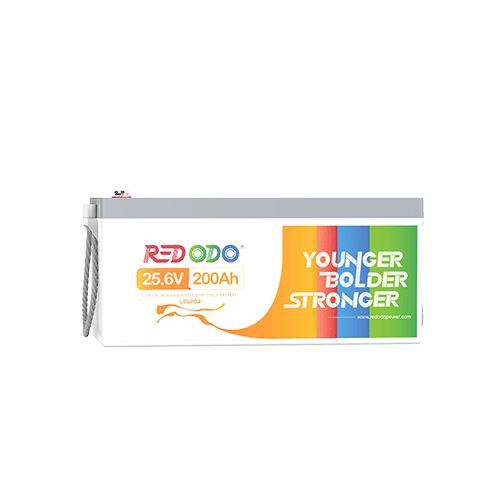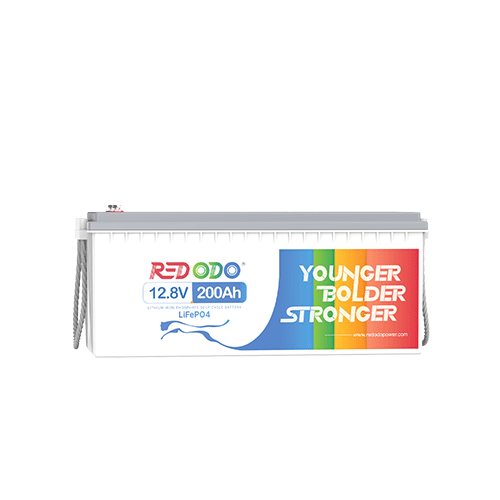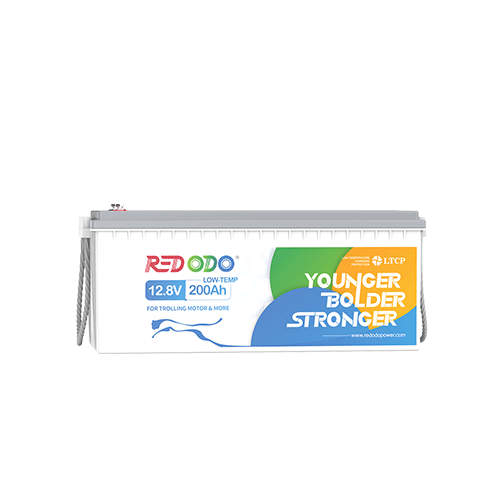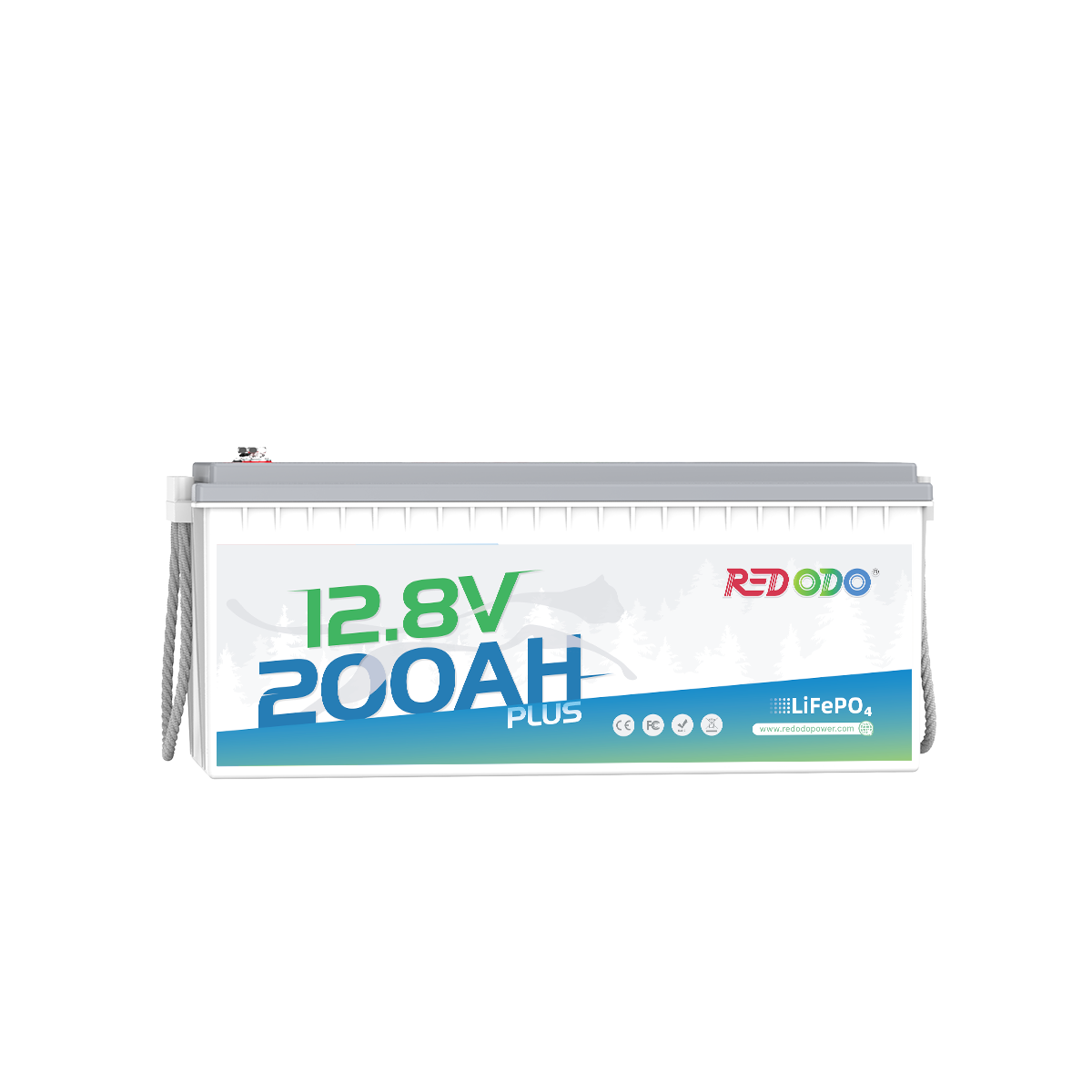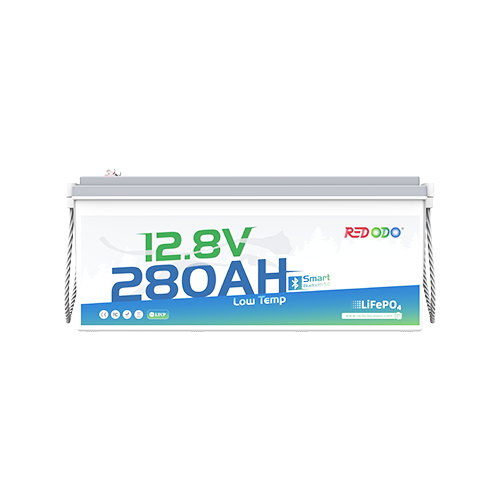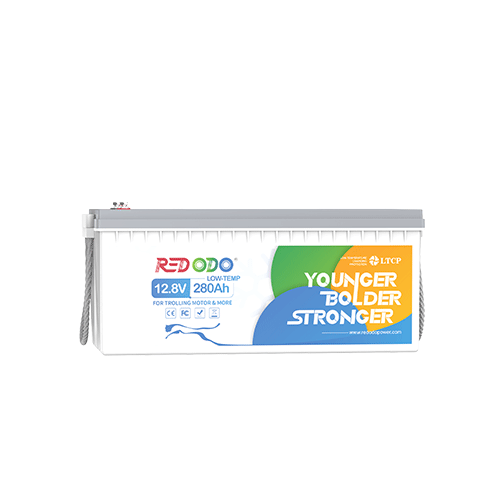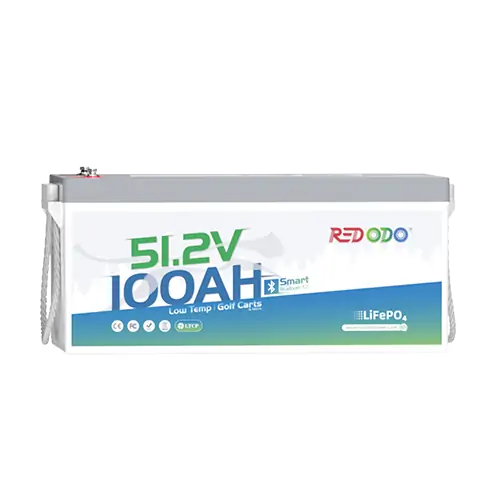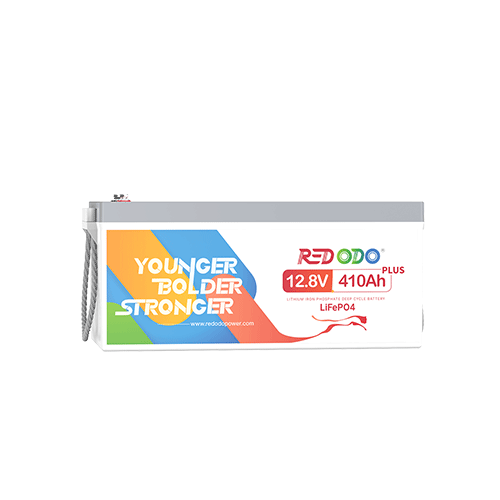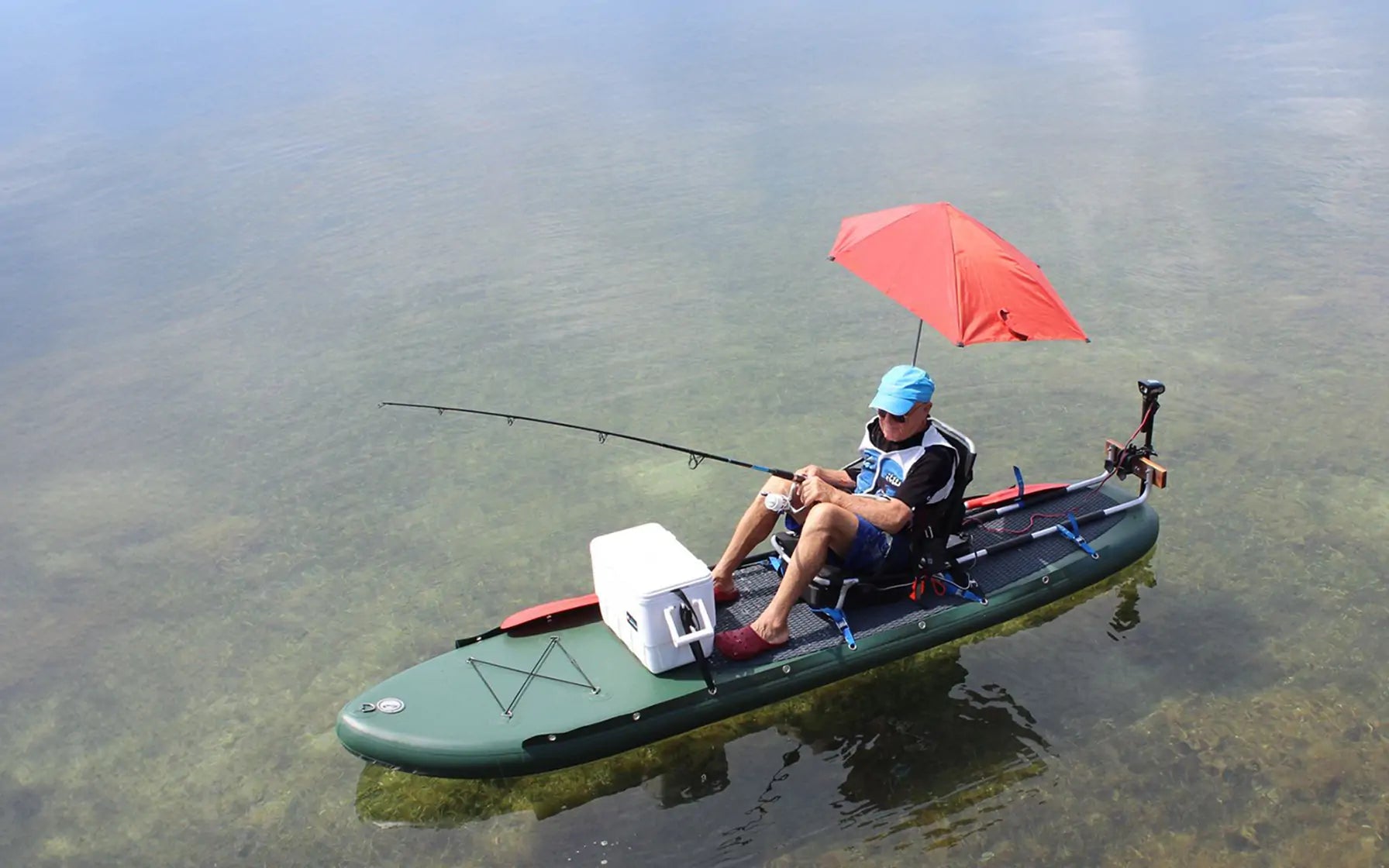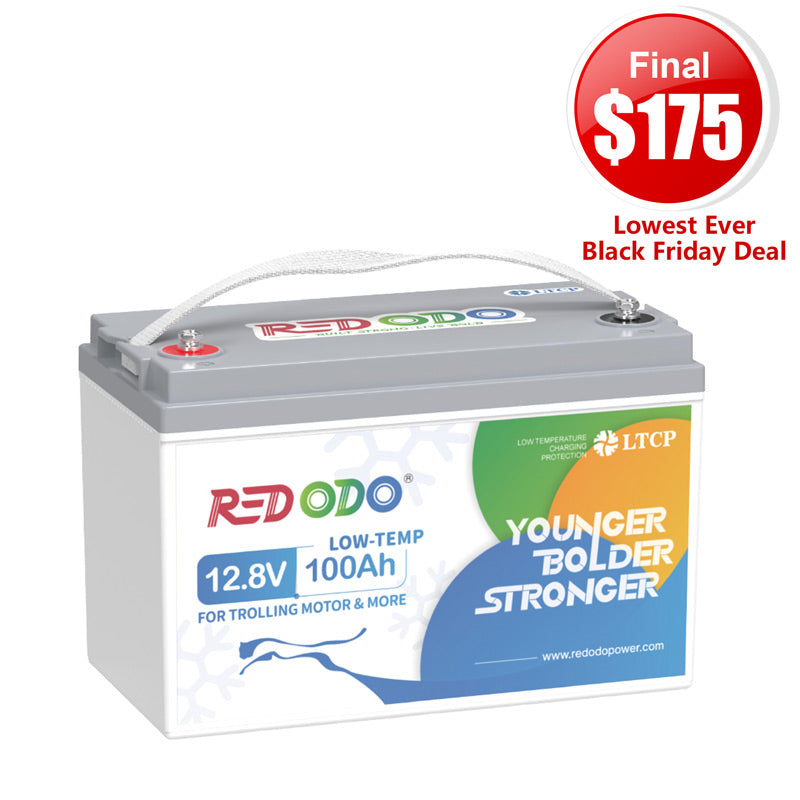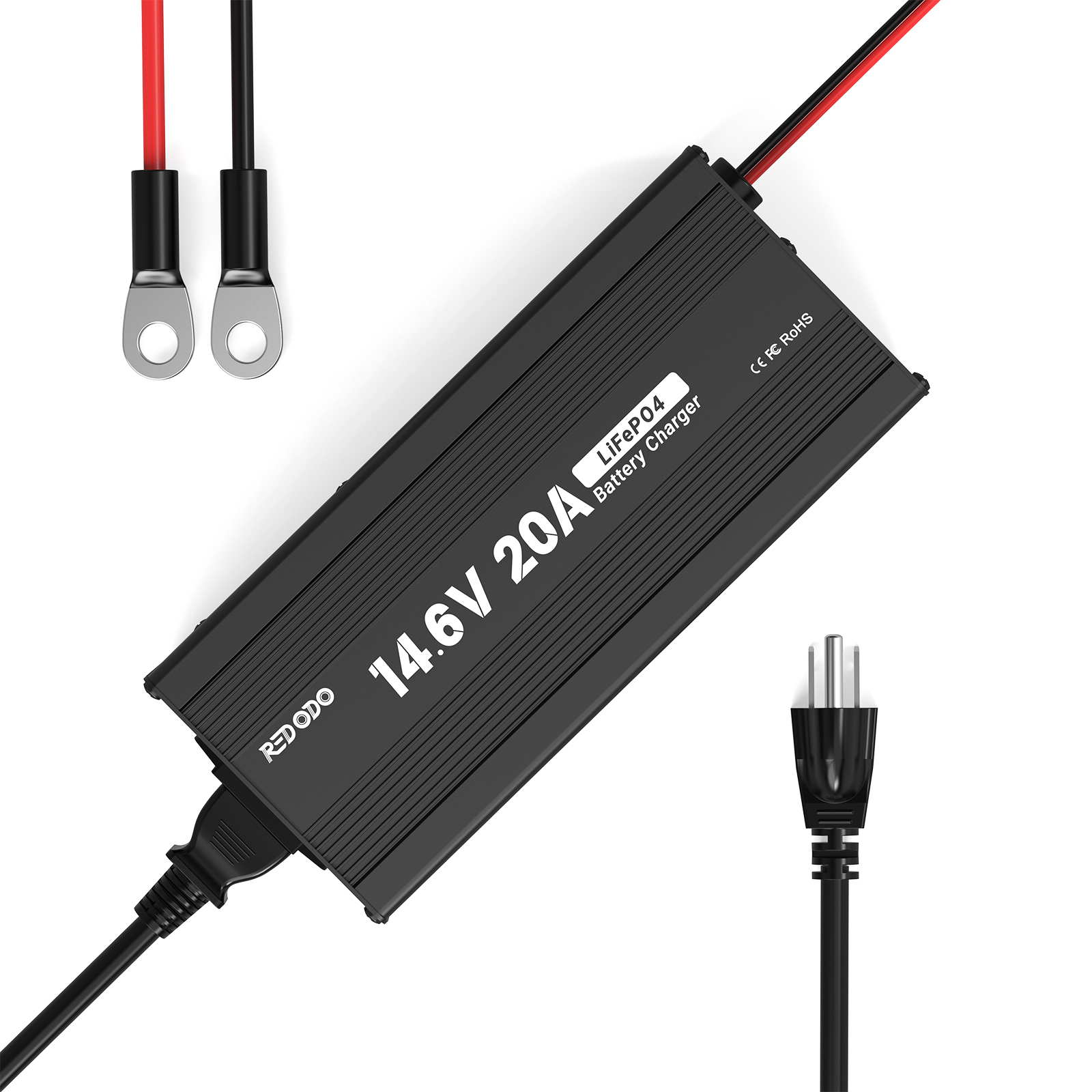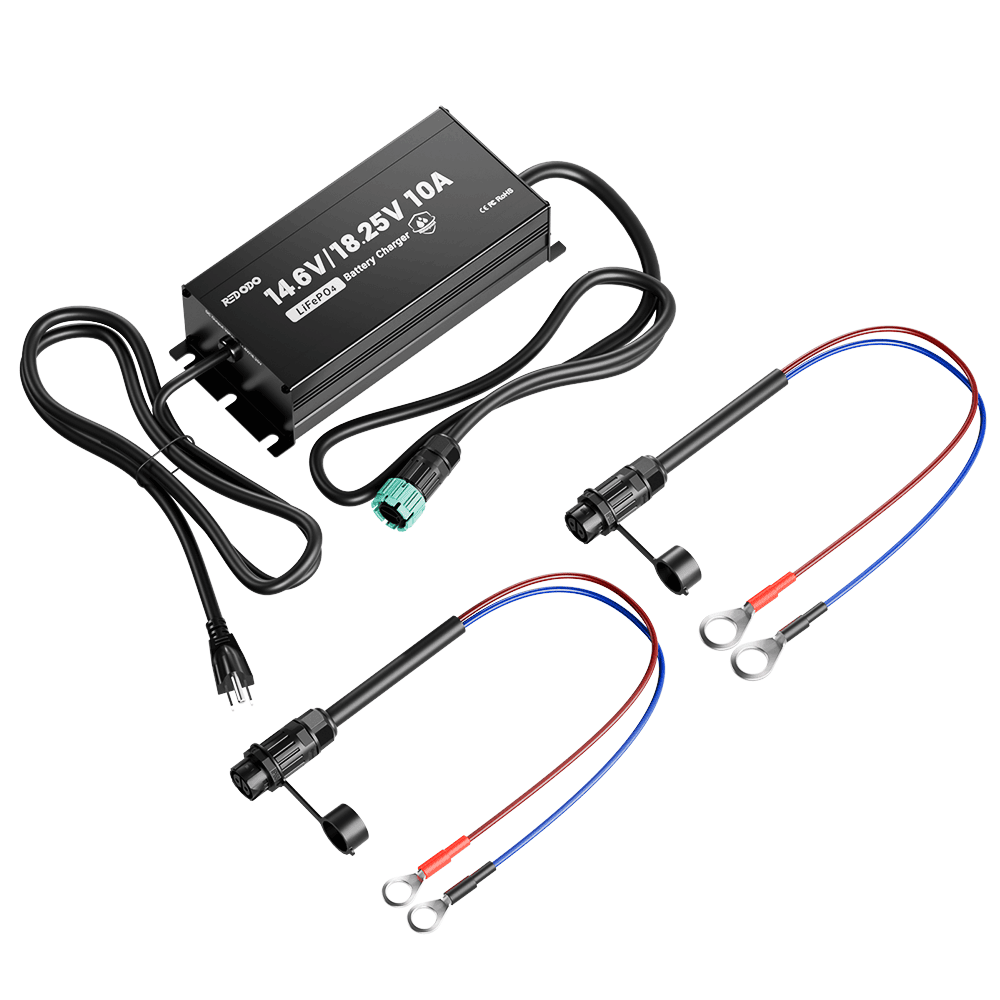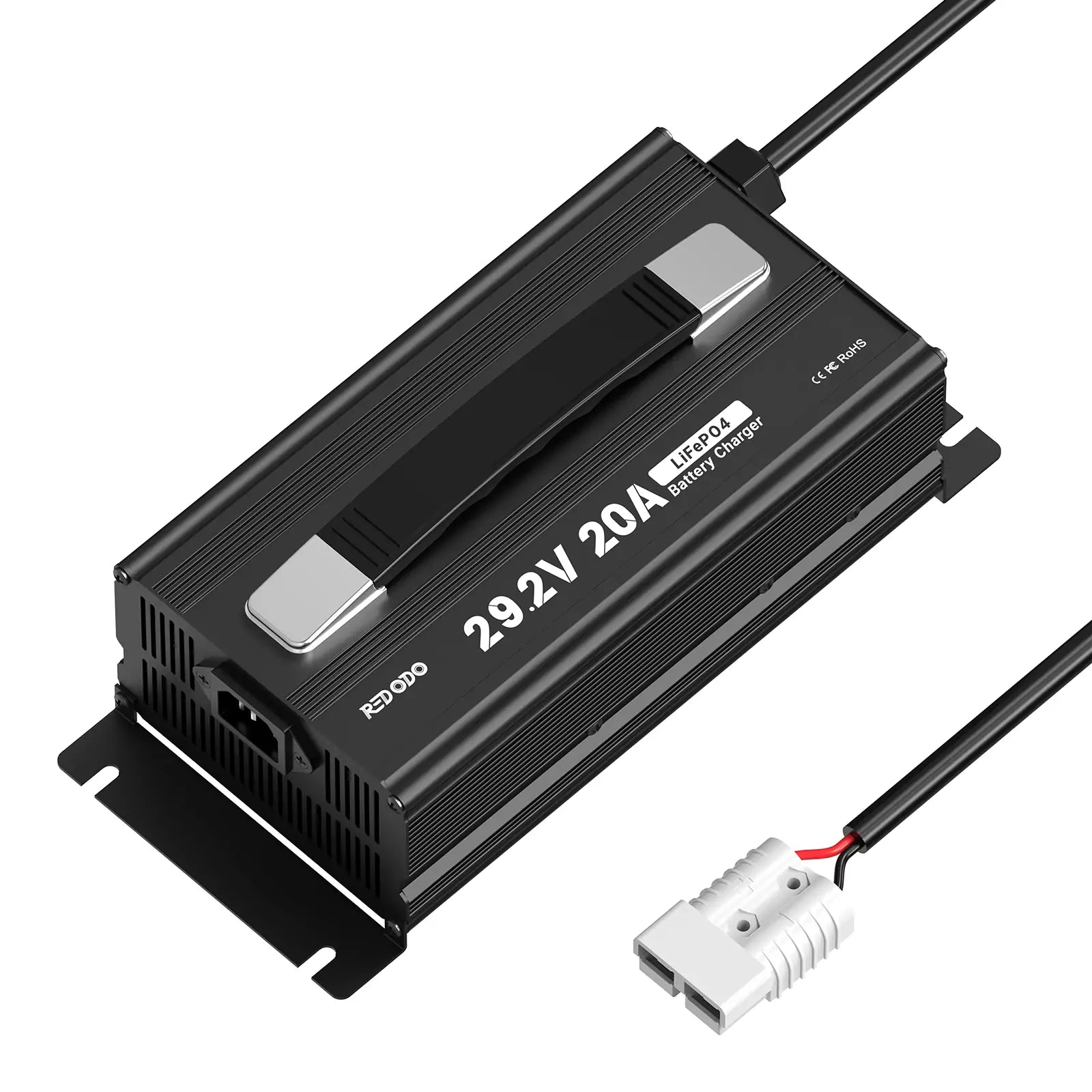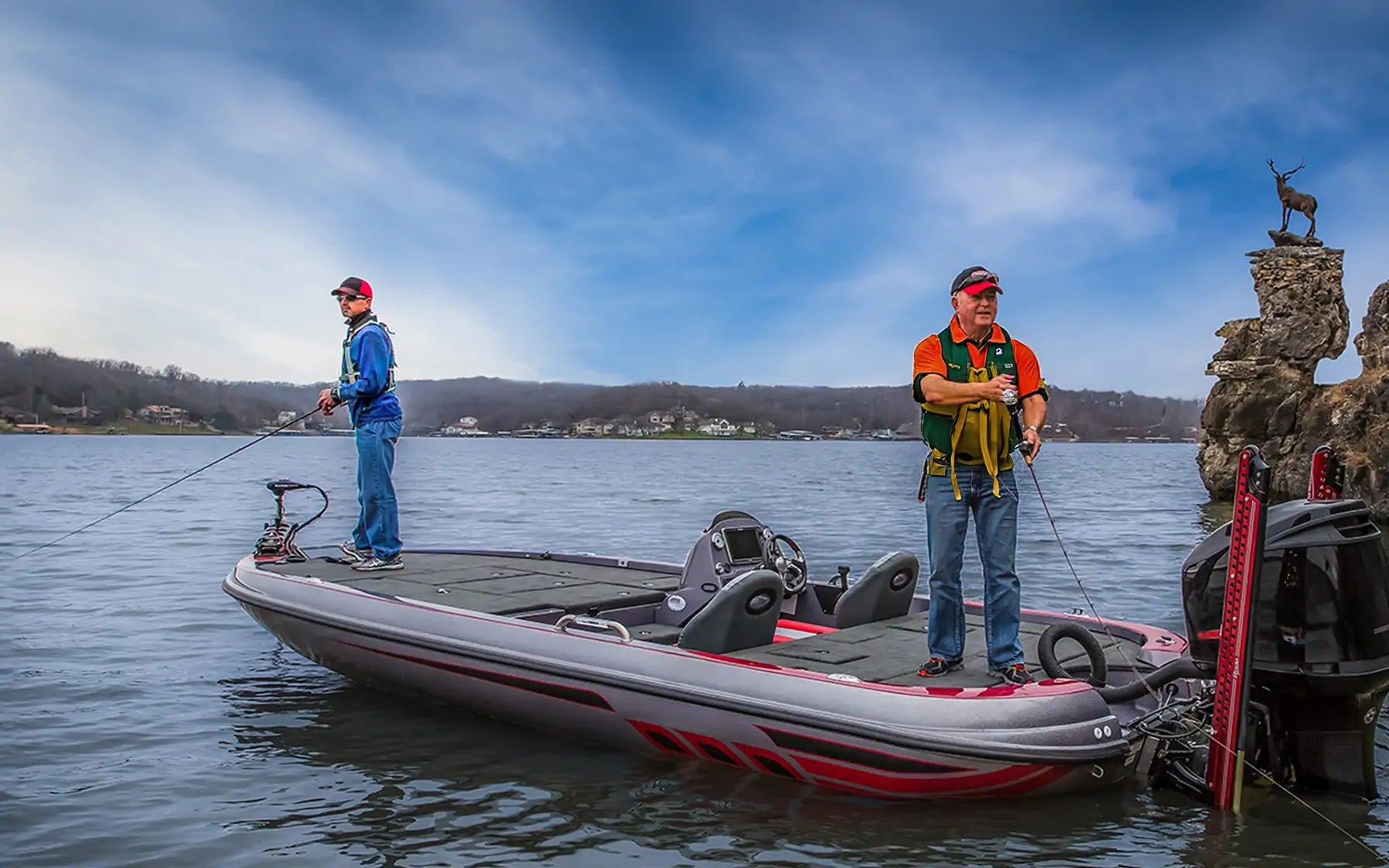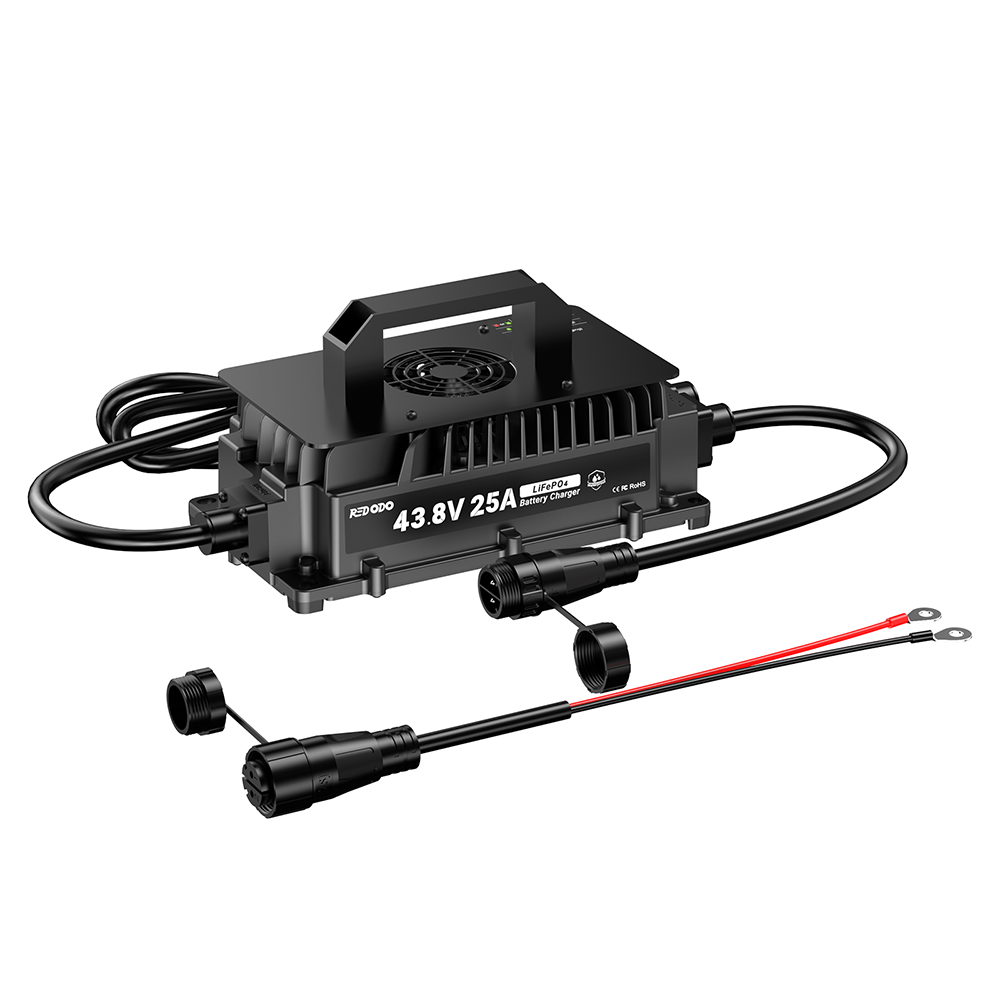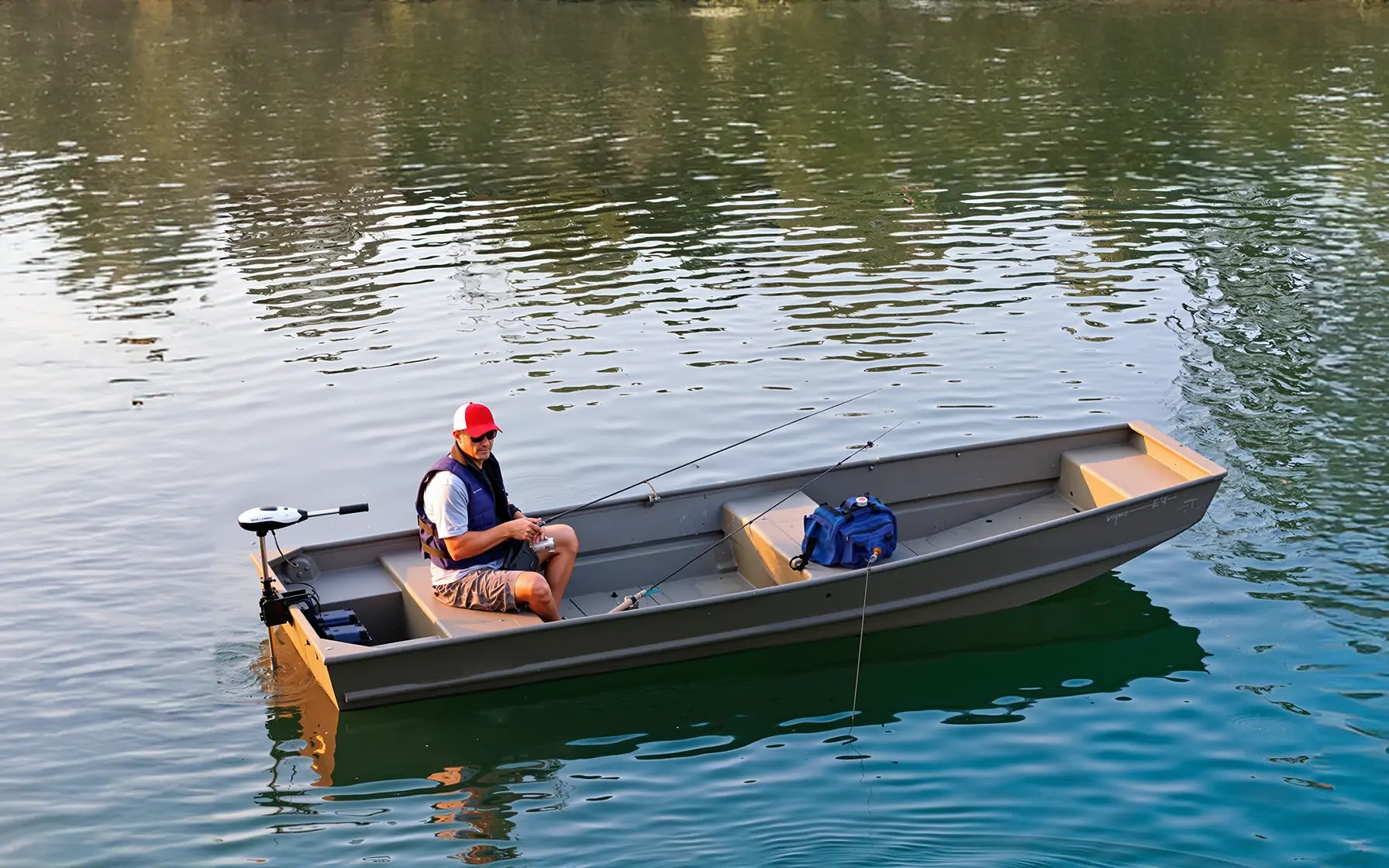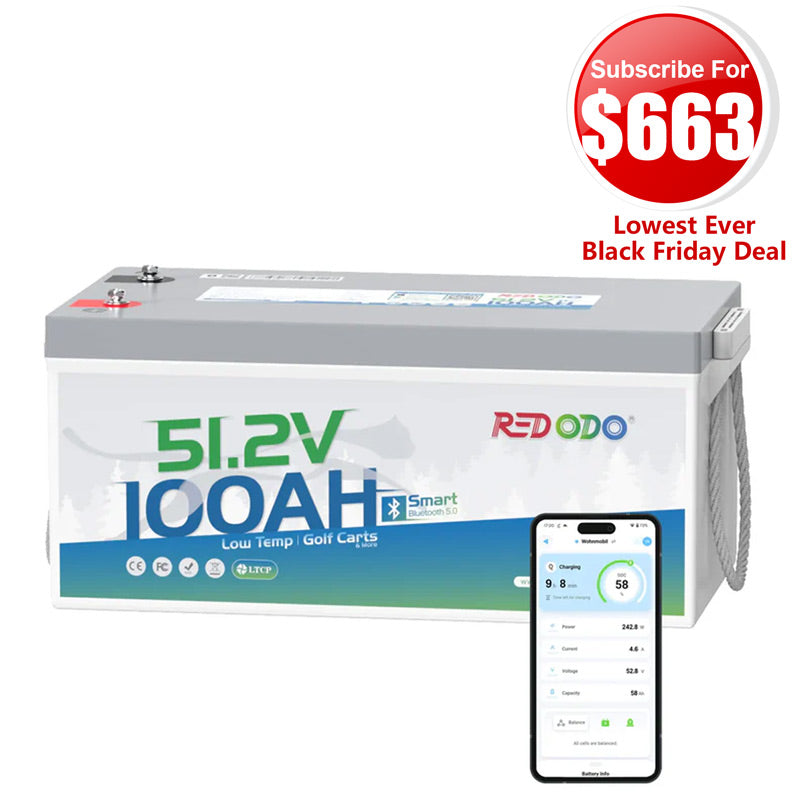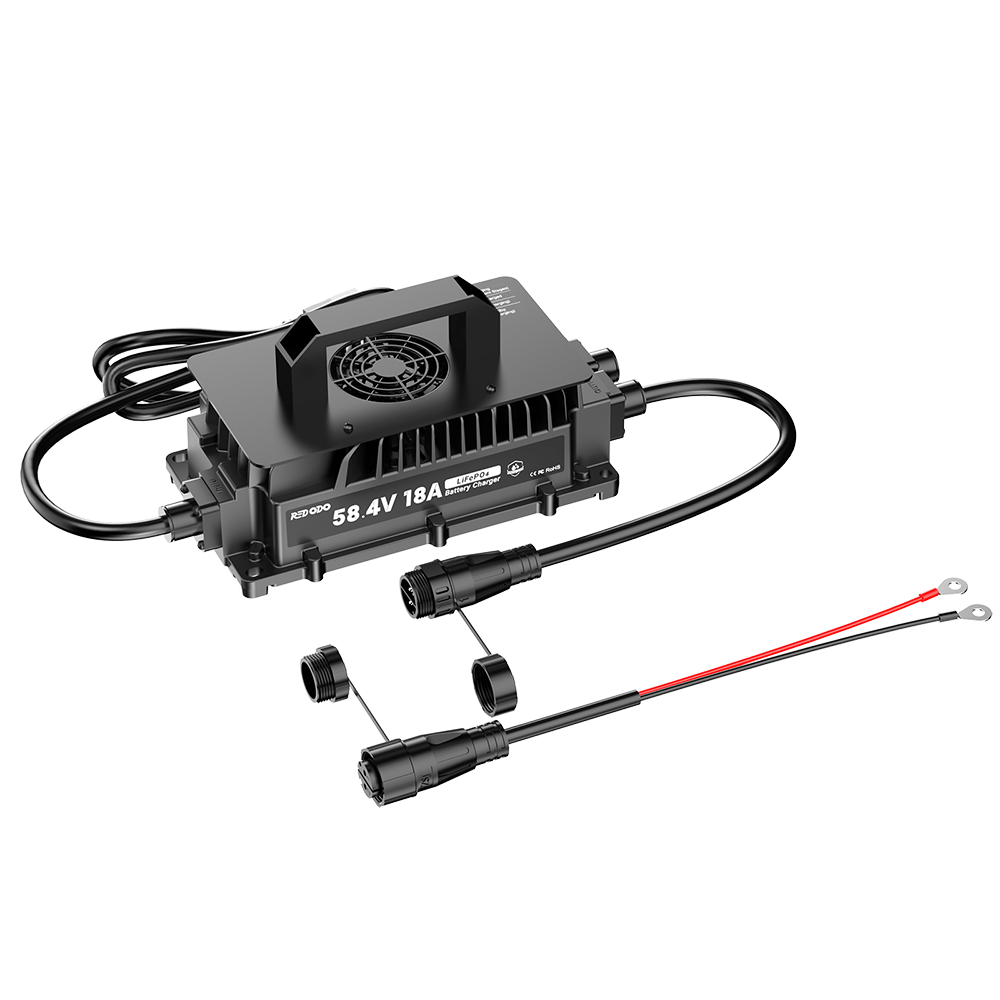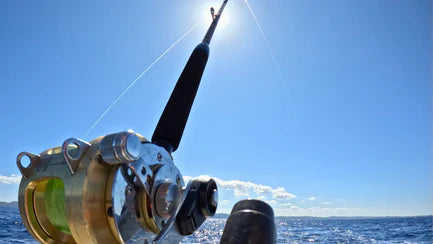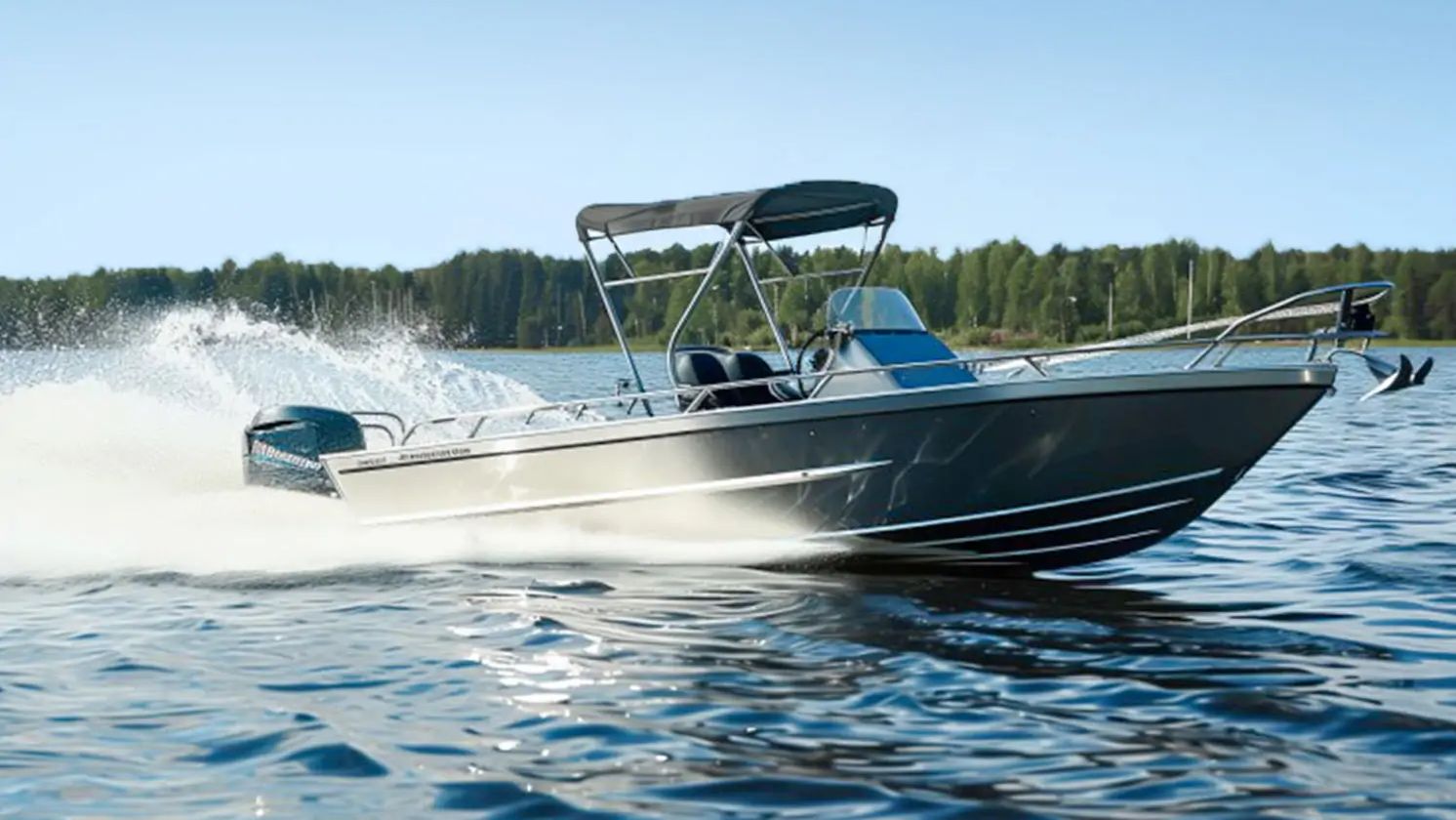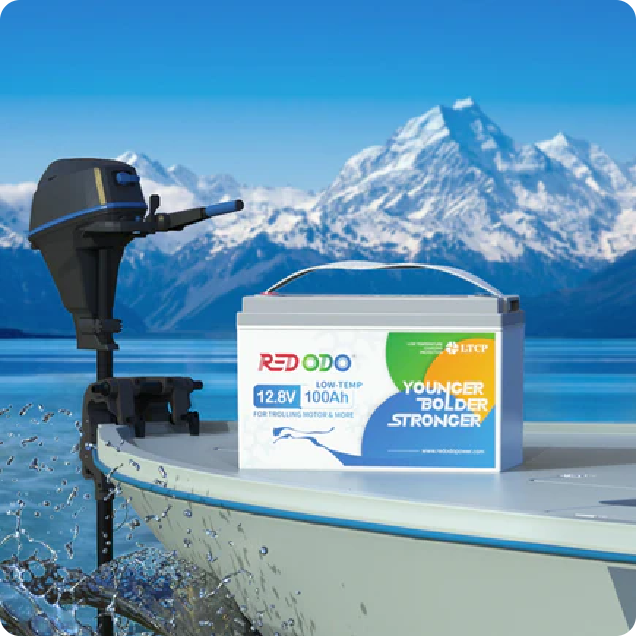Popular Lithium Trolling Motor Batteries
So, How to Choose the Right Trolling Motor Battery?
Why Are Captains Turning to Lithium Trolling Motor Batteries?
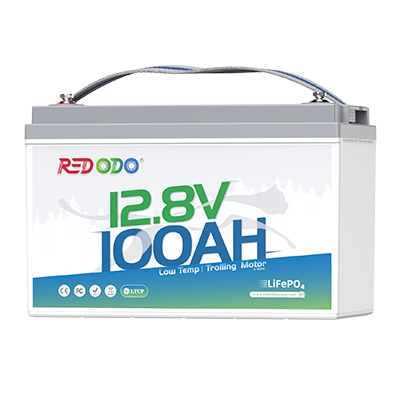


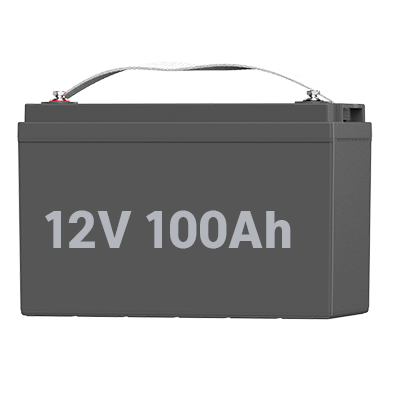
Now Find Your Perfect Trolling Motor Battery
30-60 lbs
60-100 lbs
100-120 lbs
<30 lbs
Still Need Other Power Type Batteries?
Trolling Motor
Electric Outboard Motor
Marine Cranking
Deep Cycle
Angler-Approved: Top Battery Packs for Kayaks & Bass Boats
Kayak Kit
24V Bass Boat Kit
36V Bass Boat Kit
Jon Boat Kit


Your Experience Matters Most to Us

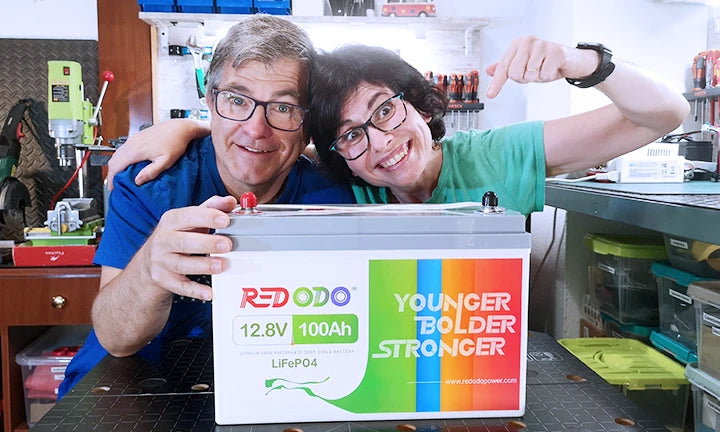
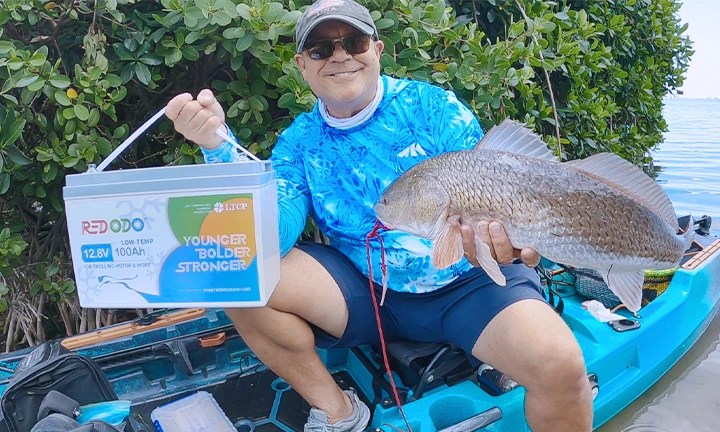
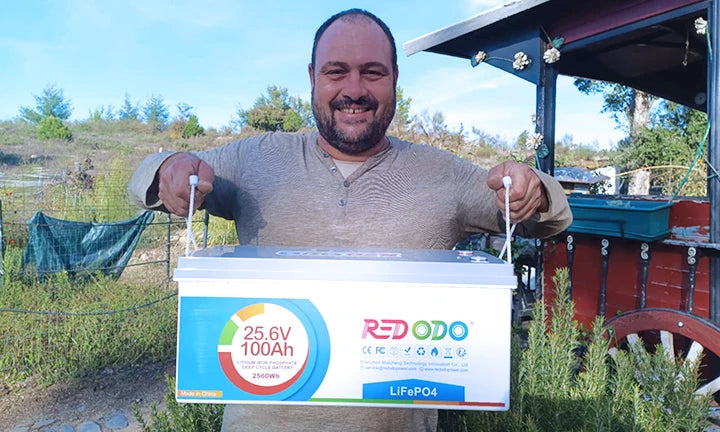
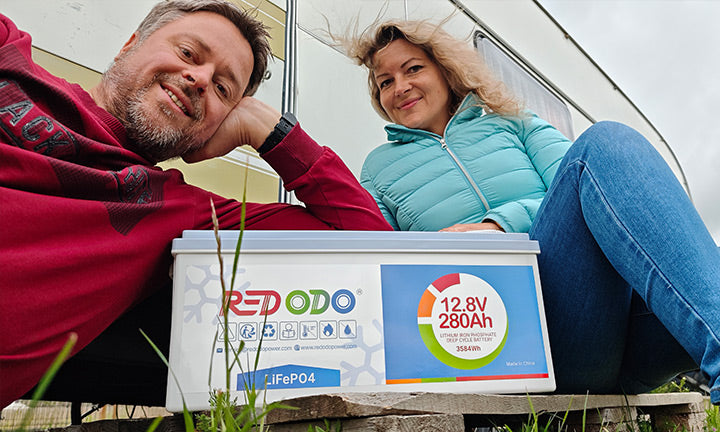
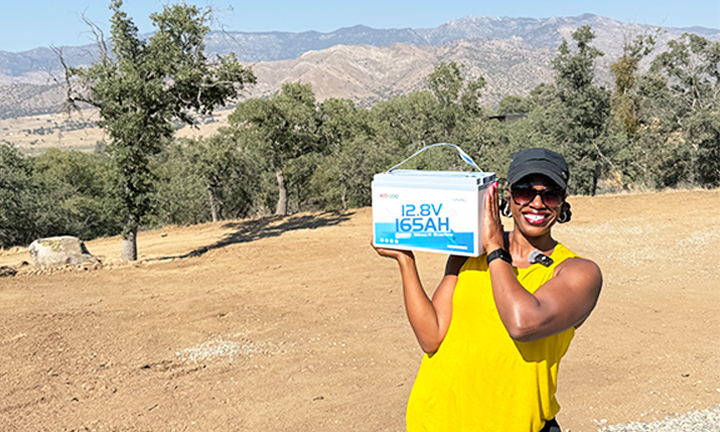
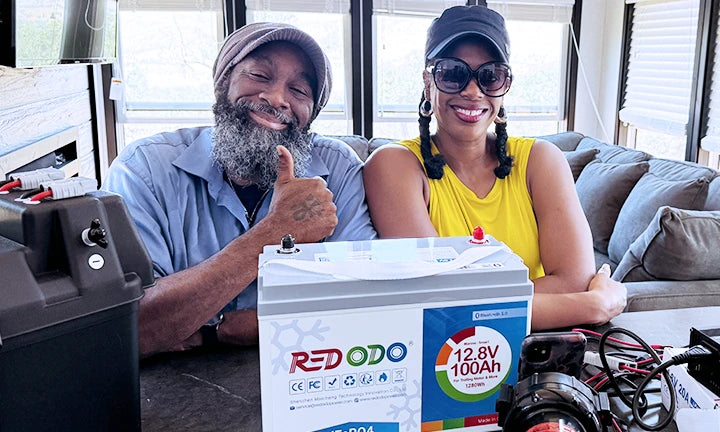


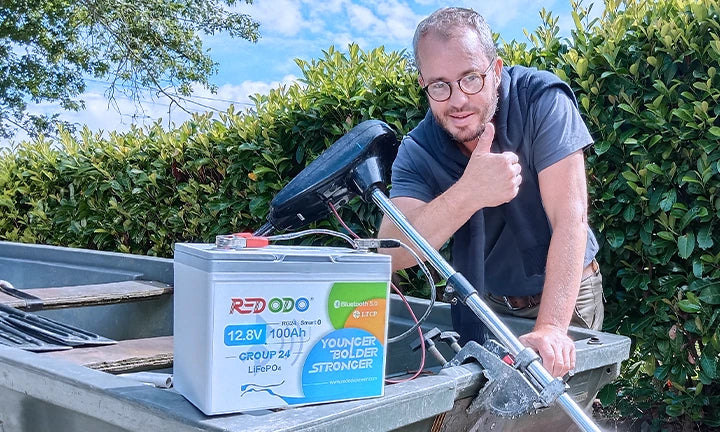
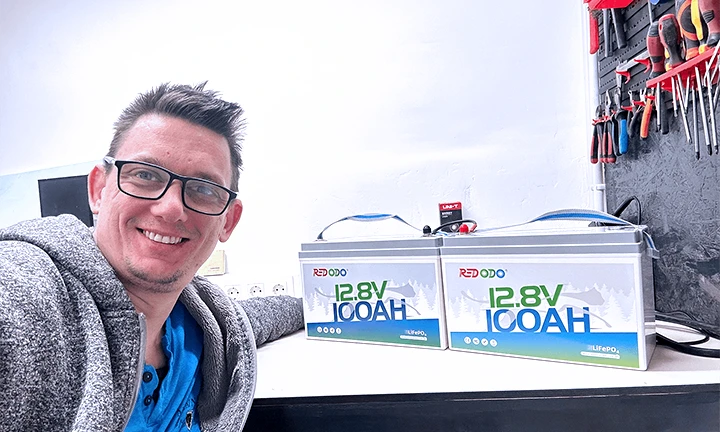
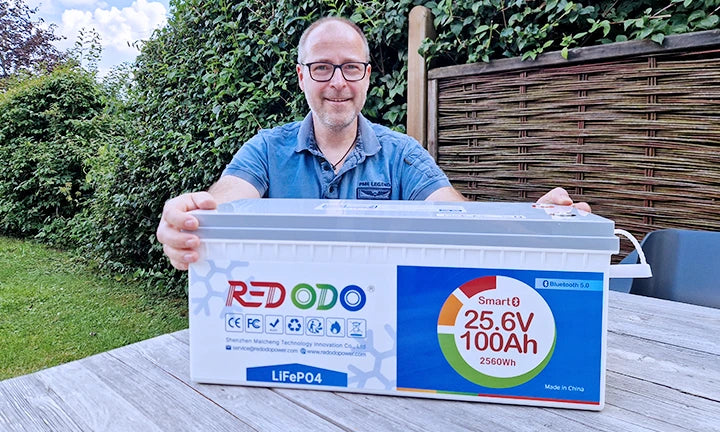
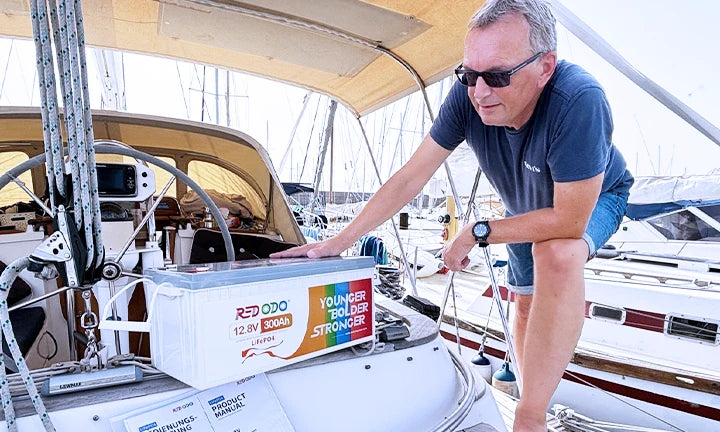
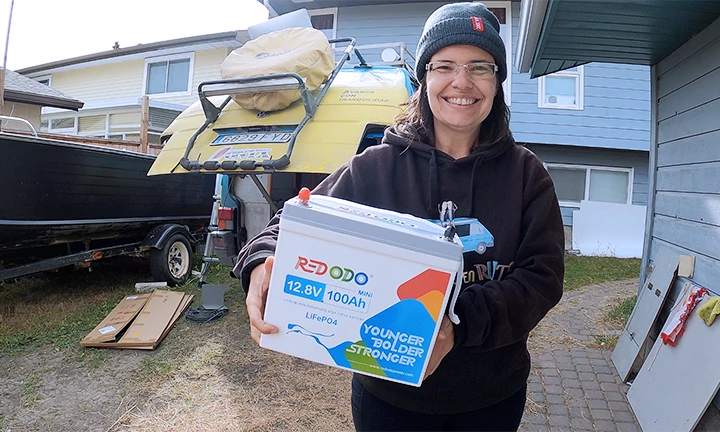
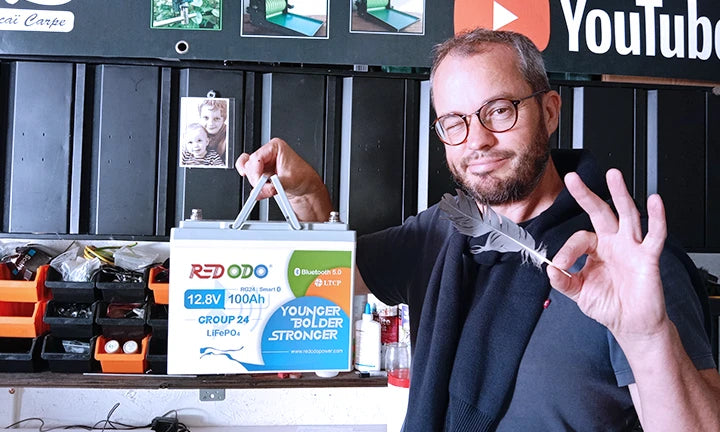

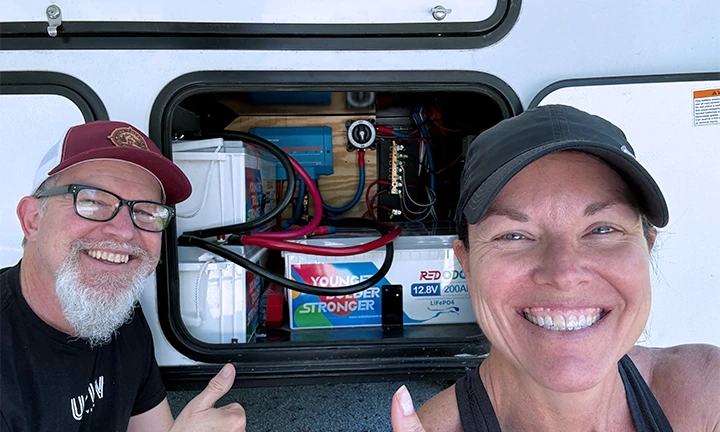

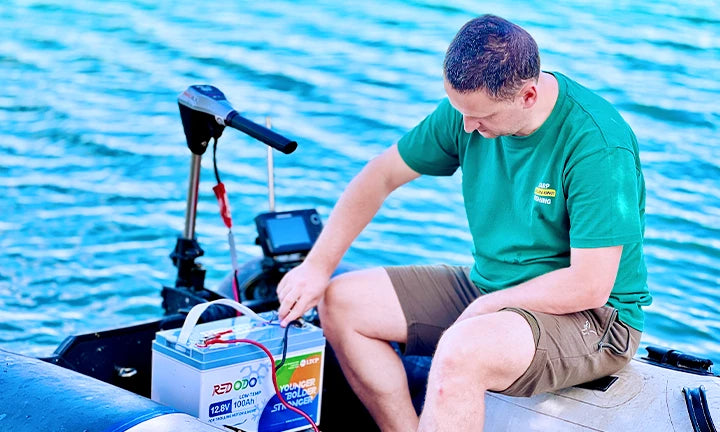
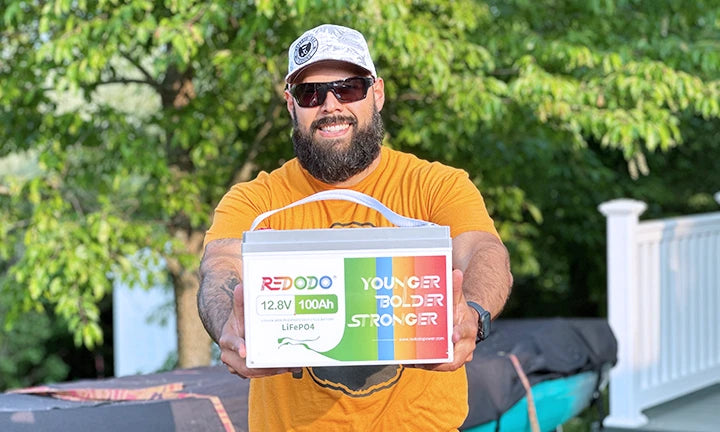


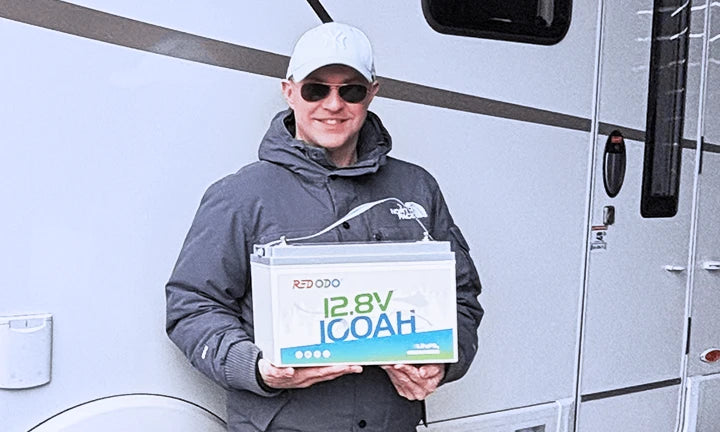


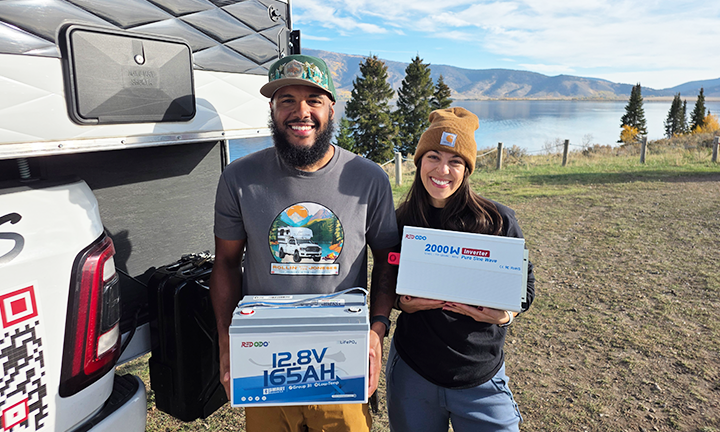
Related Blogs & Guides
FAQs
What is a Trolling Motor Battery?
A trolling motor battery is a specialized power source that supplies electricity to a trolling motor. It is typically designed to provide a steady and continuous flow of power for extended periods, allowing the trolling motor to propel a boat at a slow and controlled speed. A good trolling motor battery need to have sufficient capacity and the ability to handle the relatively constant discharge rate required by the motor's operation.
Why buy trolling motor batteries from Redodo?
Redodo trolling motor batteries are built with LiFePO4 (Lithium Iron Phosphate) technology, offering over 4,000+ cycles. It is 10 times longer than traditional lead-acid batteries, which typically last only 300-500 cycles. They are lightweight, durable, and deliver consistent power, ensuring reliable performance for extended trips. They also feature an advanced Battery Management System (BMS) with 20+ protections, and some models include low-temperature cut-off protection for safer charging in all conditions. Additionally, Redodo provides excellent customer support, a 5-year warranty, and free shipping, making it a trusted choice for powering your trolling motor.
What is the best type of battery for trolling motor?
LiFePO4 (Lithium Iron Phosphate) battery is the best type of trolling motor battery due to its superior performance and durability. Firstly, they can last up to 10-years lifespan, far outlasting lead-acid batteries that typically last only 2-3 years. Secondly, lithium ion trolling motor battery can maintain a steady voltage, ensuring your trolling motor operates at optimal performance. For the same 12V 100Ah battery model, LiFePO4 is 2/3 lighter than AGM battery, making them easier to handle and reducing your boat's load. Lastly, LiFePO4 batteries charge faster than lead-acid options at a rate of 1C, and they are maintenance-free, ensuring that you can focus more on your adventures.
How to choose the right battery for trolling motor?
When choosing a trolling motor battery, make sure the battery voltage (12V, 24V, or 36V) is match your motor system’s requirements. Next, select a battery with the right capacity (Ah) that meets the thrust rating of your trolling motor, measured in pounds (lbs). A higher-thrust motor generally demands a battery with a larger Ah rating to ensure sufficient runtime. For instance, a trolling motor with 30-55 lbs of thrust typically pairs well with a 12V battery with at least 50Ah, while motors with 70 lbs or more thrust may require higher-capacity batteries with at least 100Ah.
For battery types, LiFePO4 batteries are ideal, offering longer lifespan, lighter weight, and more consistent power than lead-acid batteries. Ensure the battery fits your boat and is lightweight enough for easier handling, especially for smaller boats. For saltwater environments, opt for batteries which have waterproof rating like Redodo’s lithium trolling motor battery.
How do I properly charge my trolling motor battery?
To charge your trolling motor battery effectively and safely, always use the correct charger that matches your battery types, such as Redodo’s lithium battery chargers for LiFePO4 batteries. It’s recommended that use the charging rate of 0.2C for the charger’s current—typically 20A for a 12V 100Ah LiFePO4. A 20A LiFePO4 battery charger can fully charge a 100Ah battery for trolling motor in approximately 5 hours. Higher amperage chargers can reduce charging time but must be within the battery's safe limits.
Avoid charging a lithium trolling motor battery below freezing temperatures, which can damage the battery. Only charge LiFePO4 batteries within the recommended temperature range, typically 32°F to 122°F (0°C to 50°C). For long-term storage, charge the battery to 50% SOC and store it in a cool, dry place, with the temperature range of 59°F to 95°F (15℃ to 35℃).
What’s the difference between a trolling motor battery and a regular car battery?
The key difference lies in their design and purpose. A trolling motor battery, especially a lithium deep cycle battery, is built to provide consistent, long-lasting power for extended use, handling deep discharges of up to 100%. In contrast, a regular car battery is not designed for deep-cycle use, making it unsuitable for boat trolling motors. Additionally, Redodo’s trolling motor batteries are designed to withstand harsh marine environments, resisting vibrations, water exposure, and salty corrosion, unlike regular car batteries.
Read More: Marine Battery vs. Car Battery
How should I maintain my trolling motor batteries?
Keep your trolling motor battery clean and dry. Regularly inspect the battery terminals for corrosion and connecting tightly. Clean the battery terminals using a dry cloth if needed.
Use a charger designed for your battery type and avoid overcharging and over-discharging. For lithium trolling motor batteries, aim to keep the charge between 20% and 80% for optimal lifespan.
Store the battery in a cool, dry place, ideally at around 50% charge, when not in use. If unused for an extended period, check or recharge it every three months to keep the battery healthy and in good operating condition.
Can lithium trolling motor batteries be used in saltwater environments?
Yes, Redodo lithium batteries for trolling motor are designed to be used in saltwater environments. They are built with IP65 waterproof rating case, offering protection against dust and water spray. Some upgraded models are equipped with added protection against moisture and salt spray, making them ideal for harsh marine environments.
Does the weight of a lithium trolling motor battery affect its performance?
Yes, the weight can impact performance. A heavier battery may affect the boat's balance and handling, requiring the motor to work harder and reducing efficiency.
In contrast, a lighter lithium trolling motor battery, like Redodo 12V 100Ah Mini LiFePO4 lithium battery, reduces the load, improves maneuverability, and enhances runtime, making it a better choice for overall performance.
Can I use a car battery as a replacement for a trolling motor battery?
While it is possible to use a car battery as a marine battery to power a trolling motor in a pinch, it is not recommended for regular use. Car batteries are designed to provide a short, high-power burst for starting an engine, not the deep-cycle output required by a trolling motor.
Using a car battery for a trolling motor can lead to premature battery failure. It can also affect the performance of the trolling motor and may not provide the necessary runtime. It's better to use a marine deep cycle battery specifically designed for trolling motor applications.
